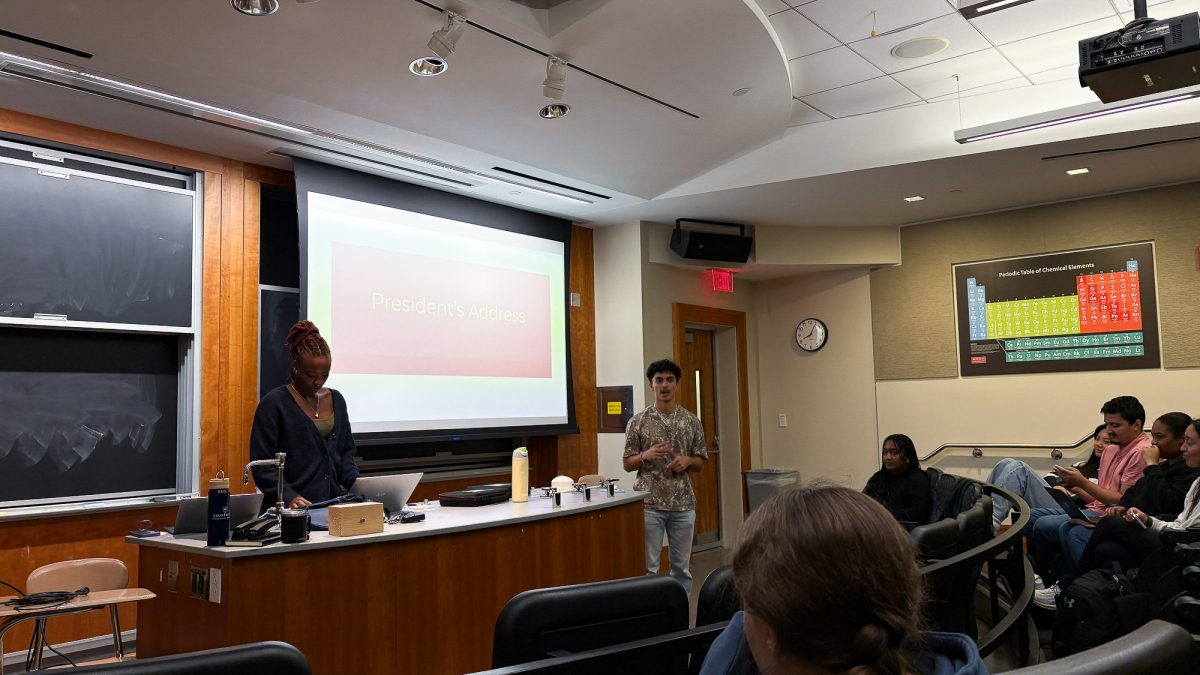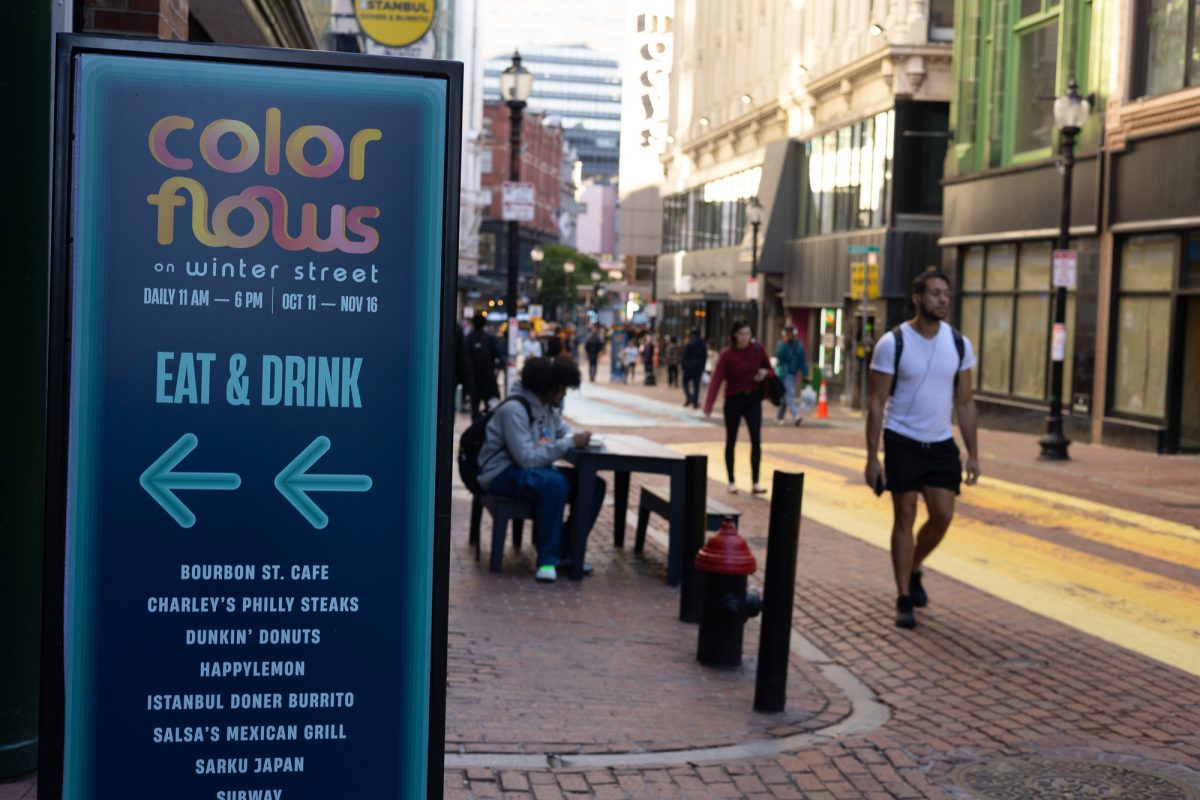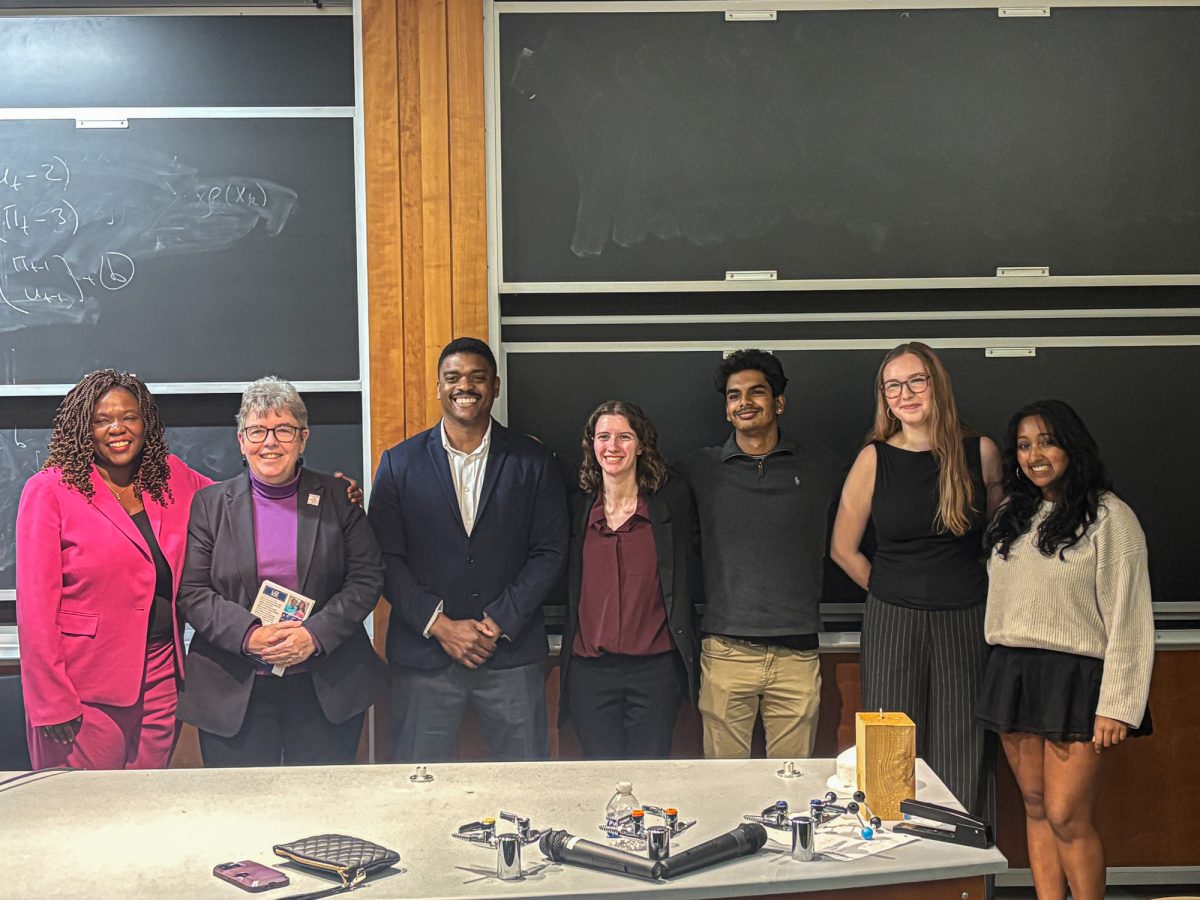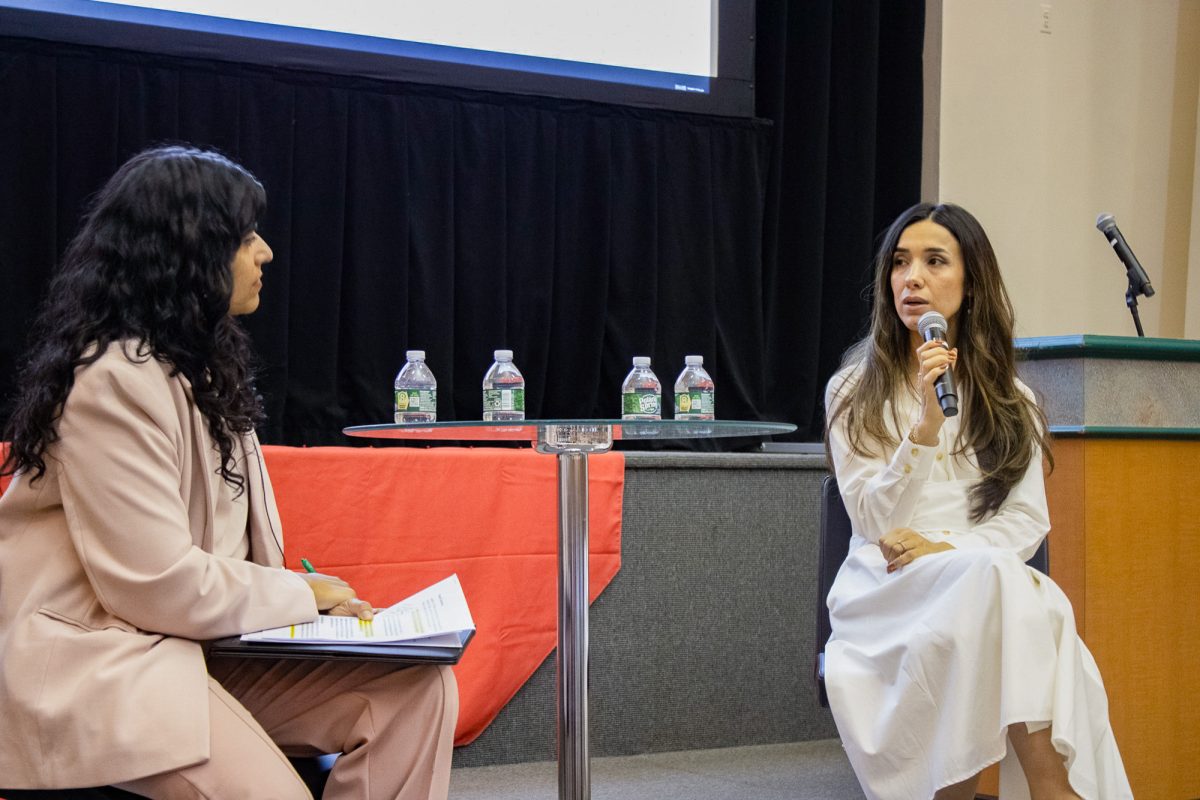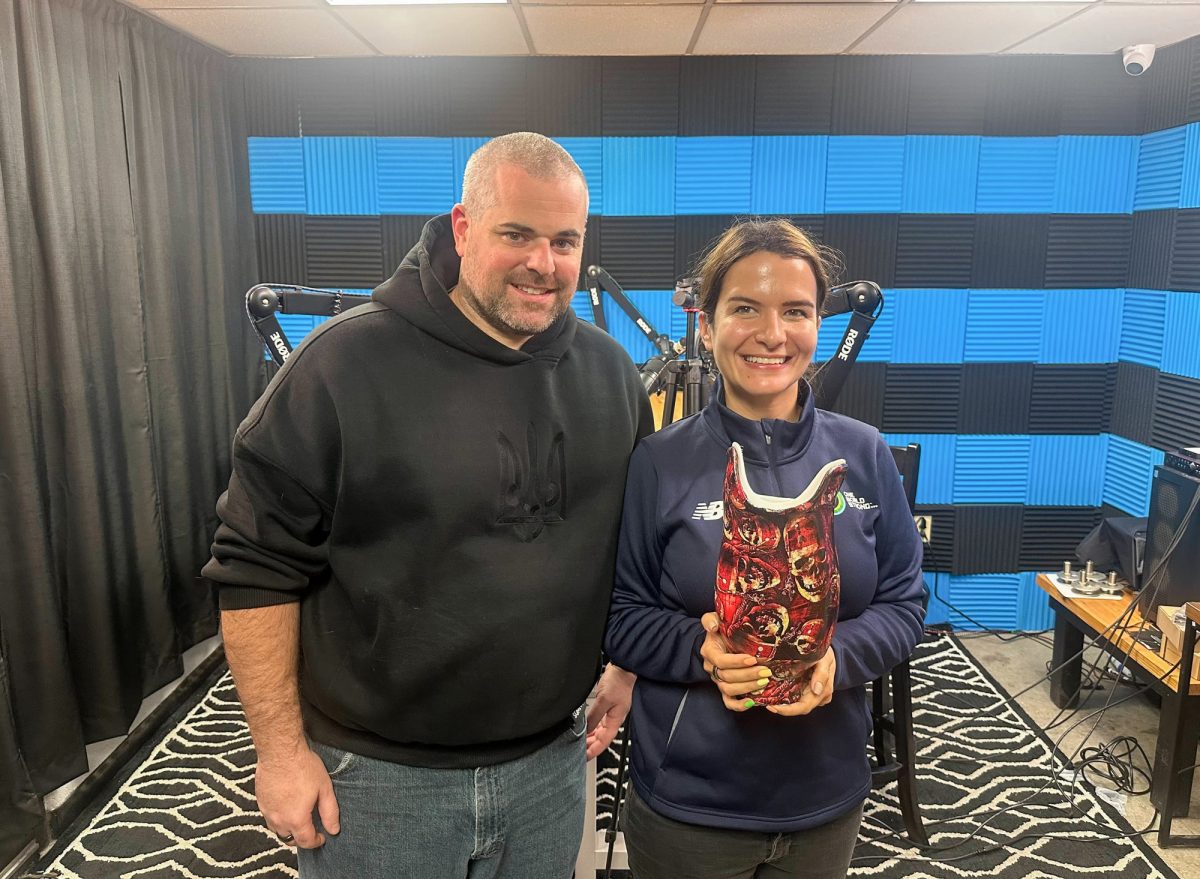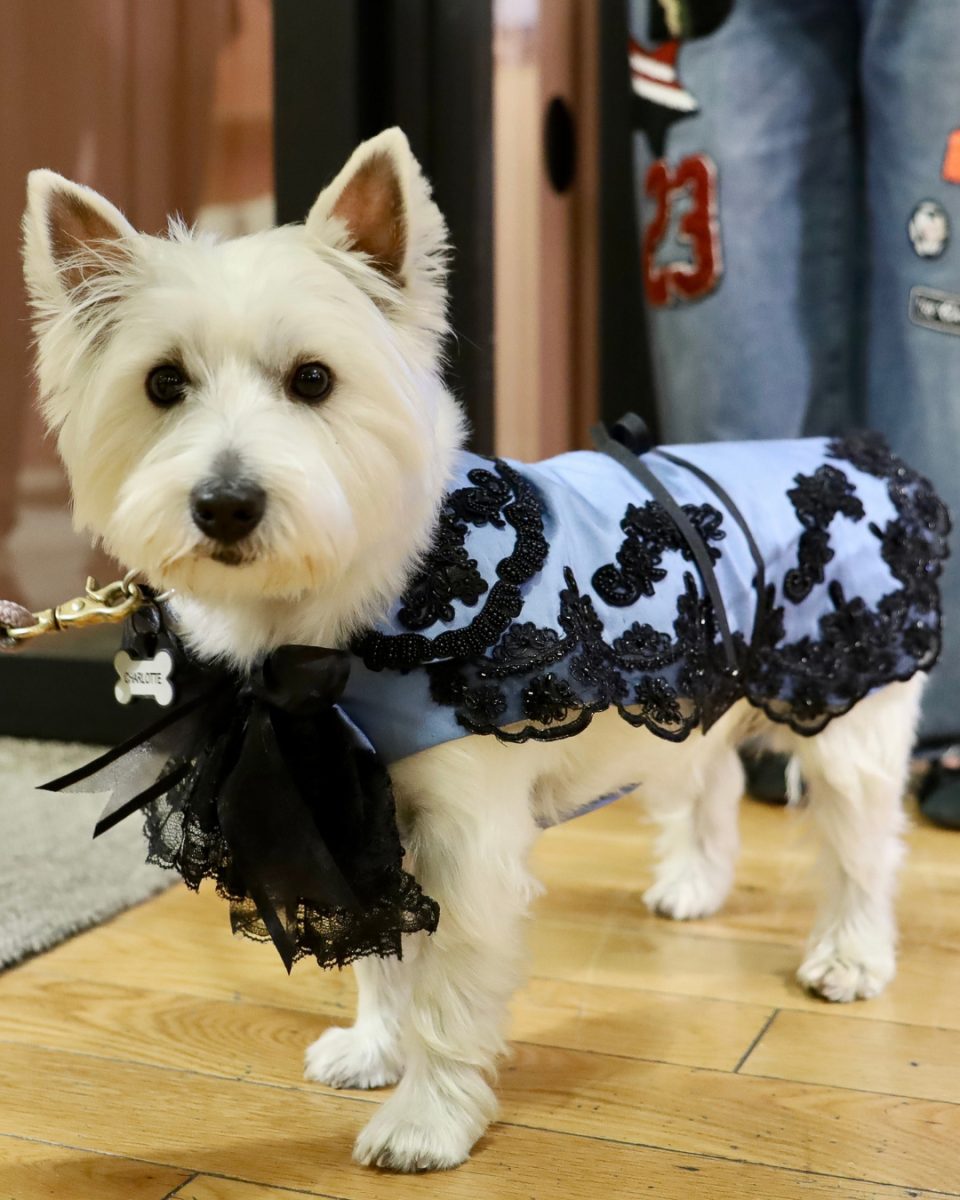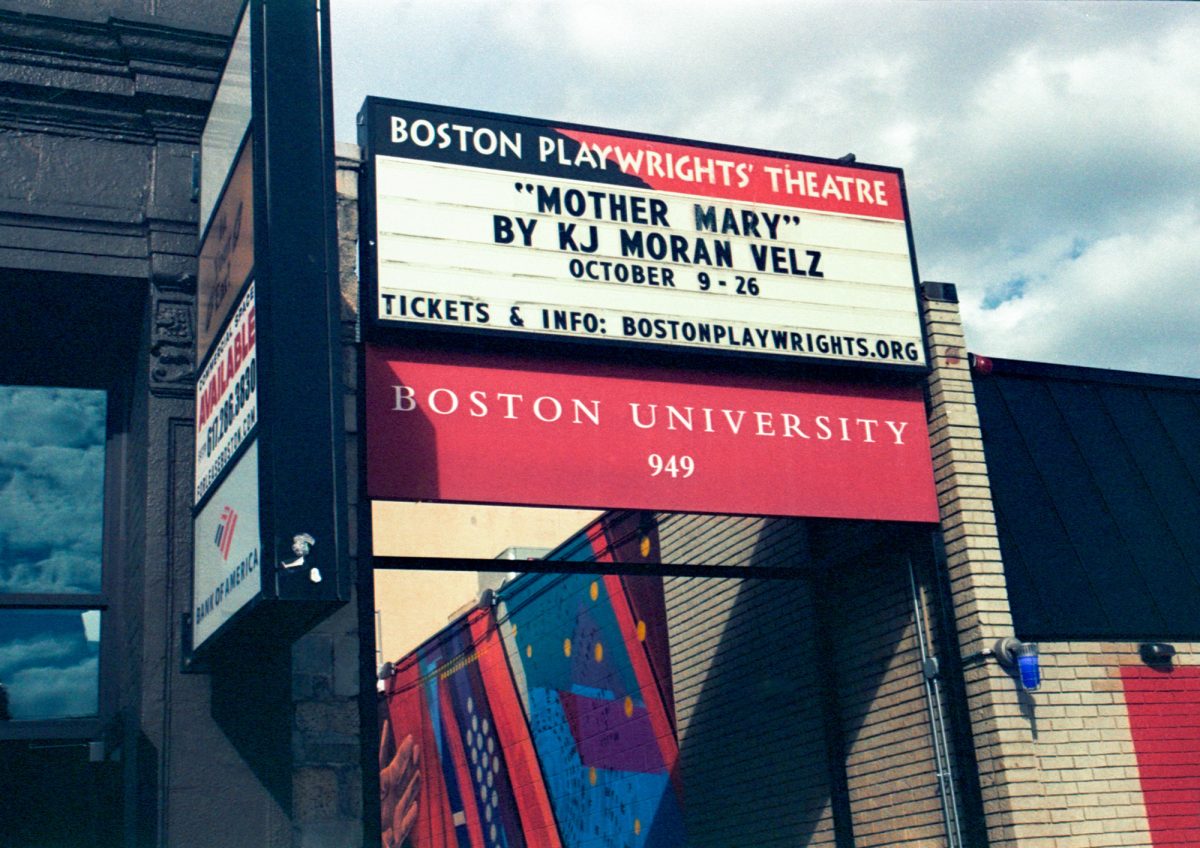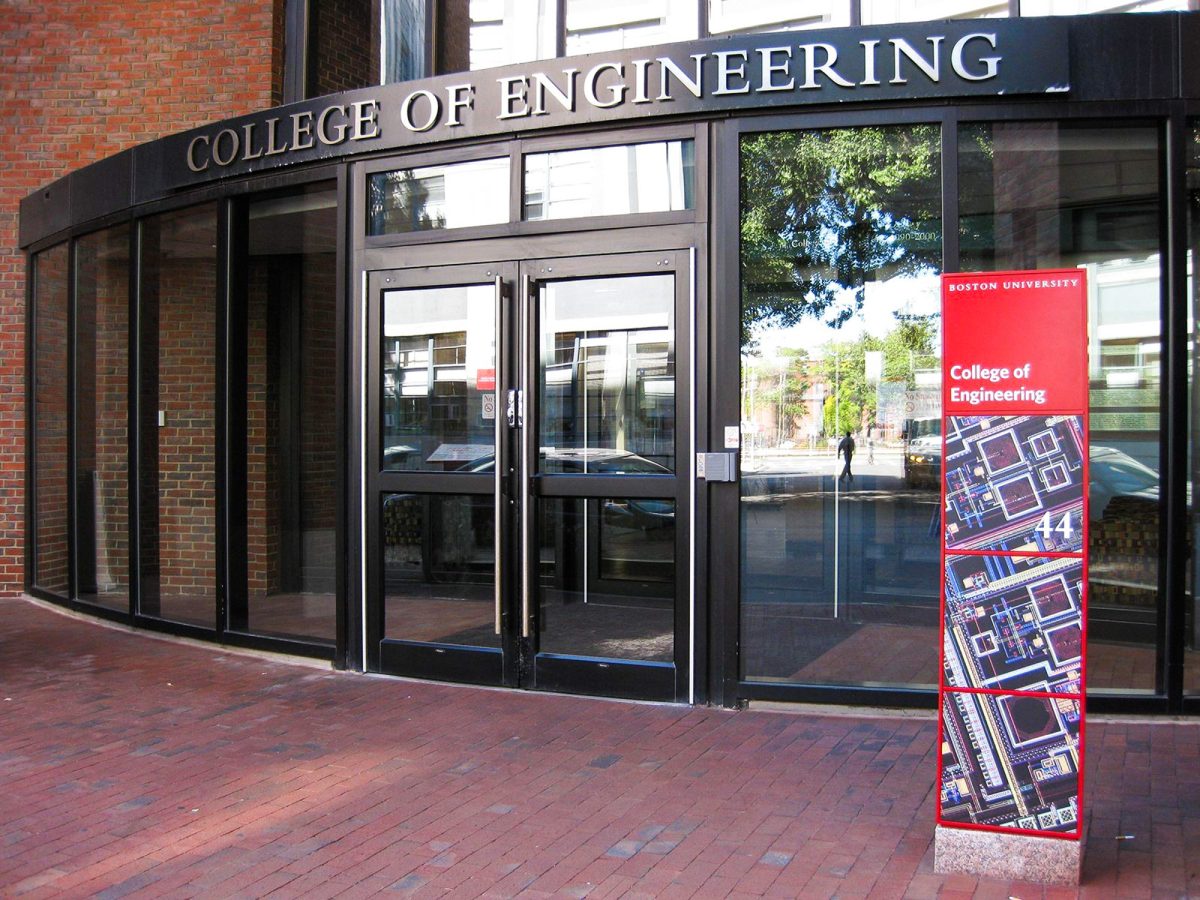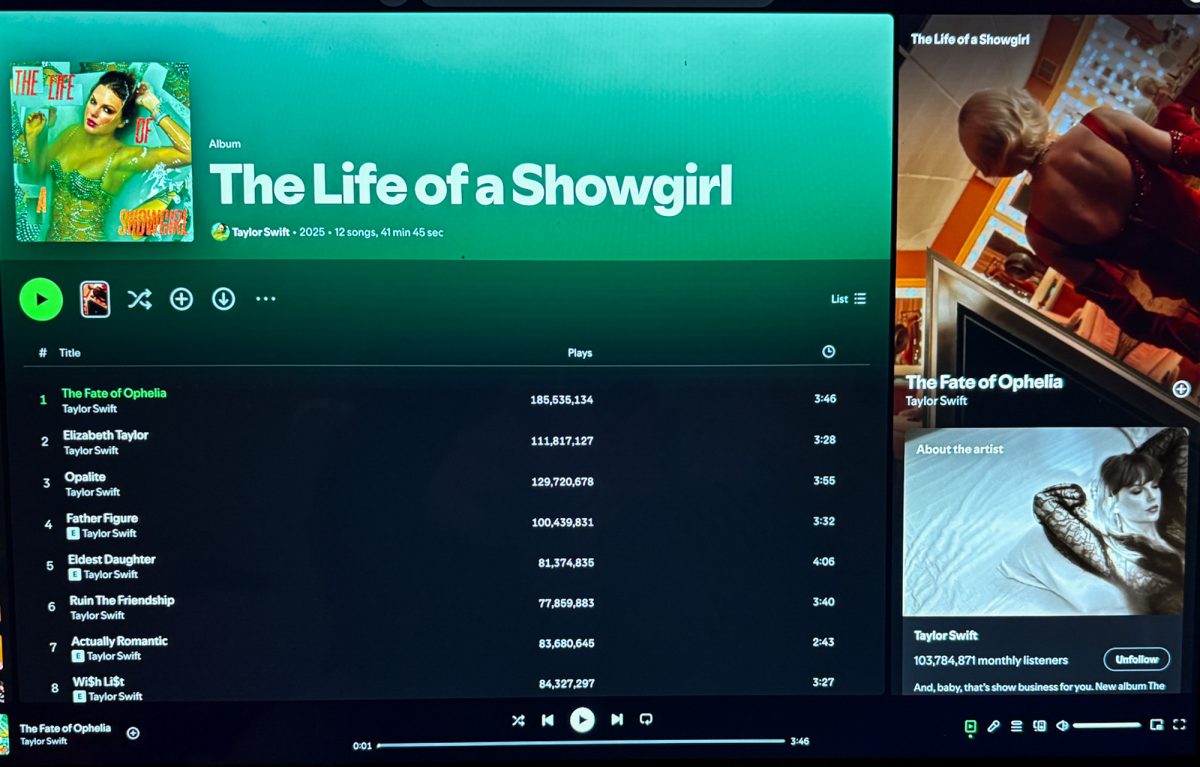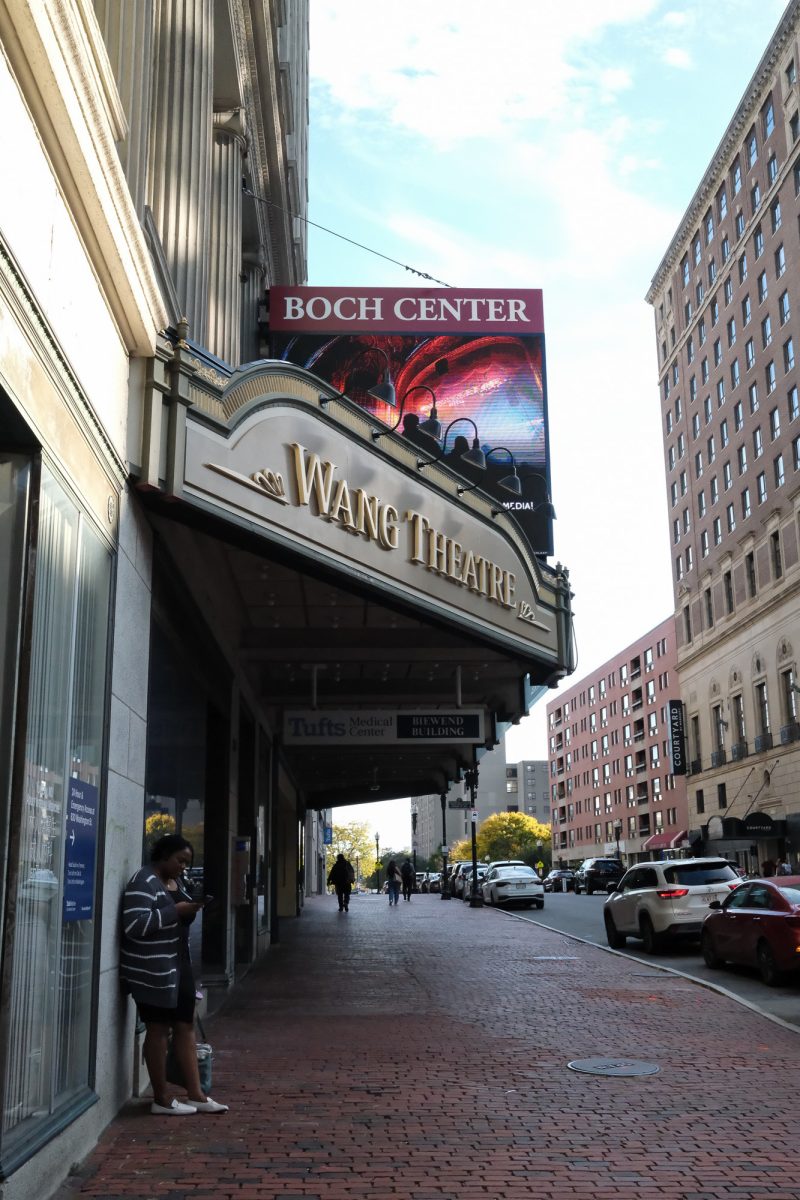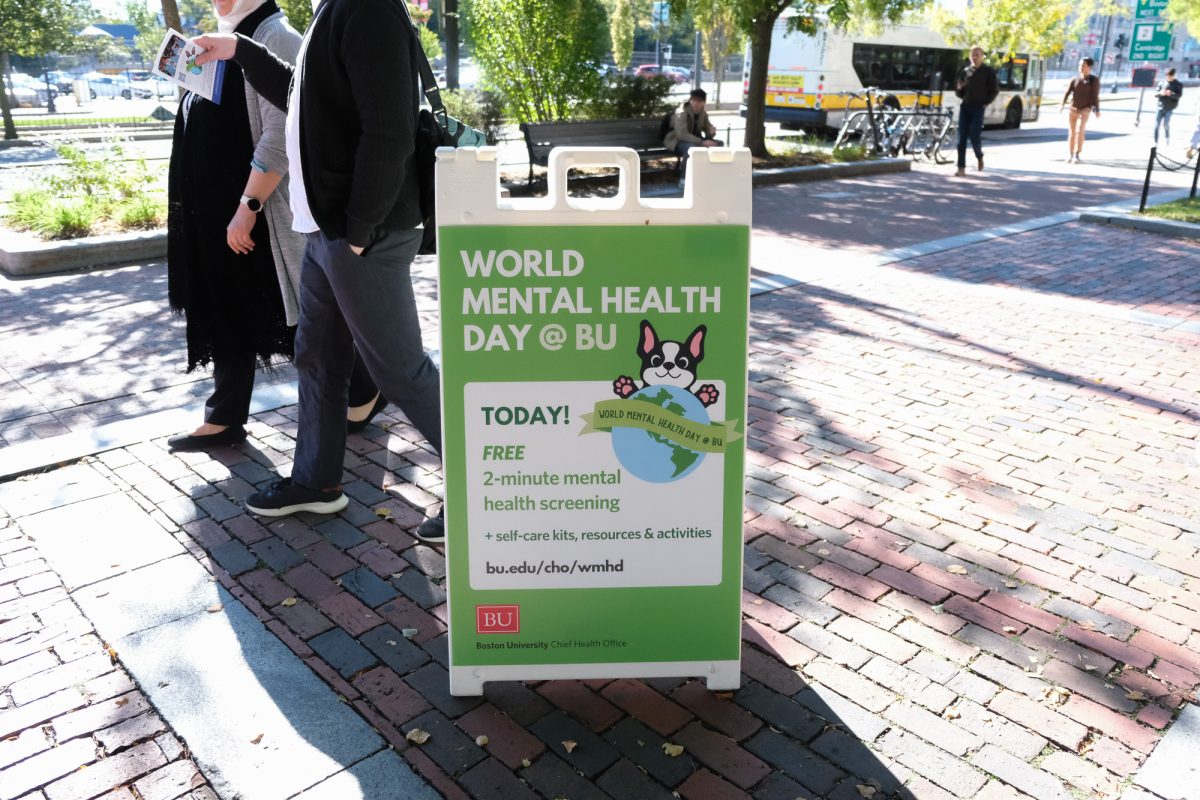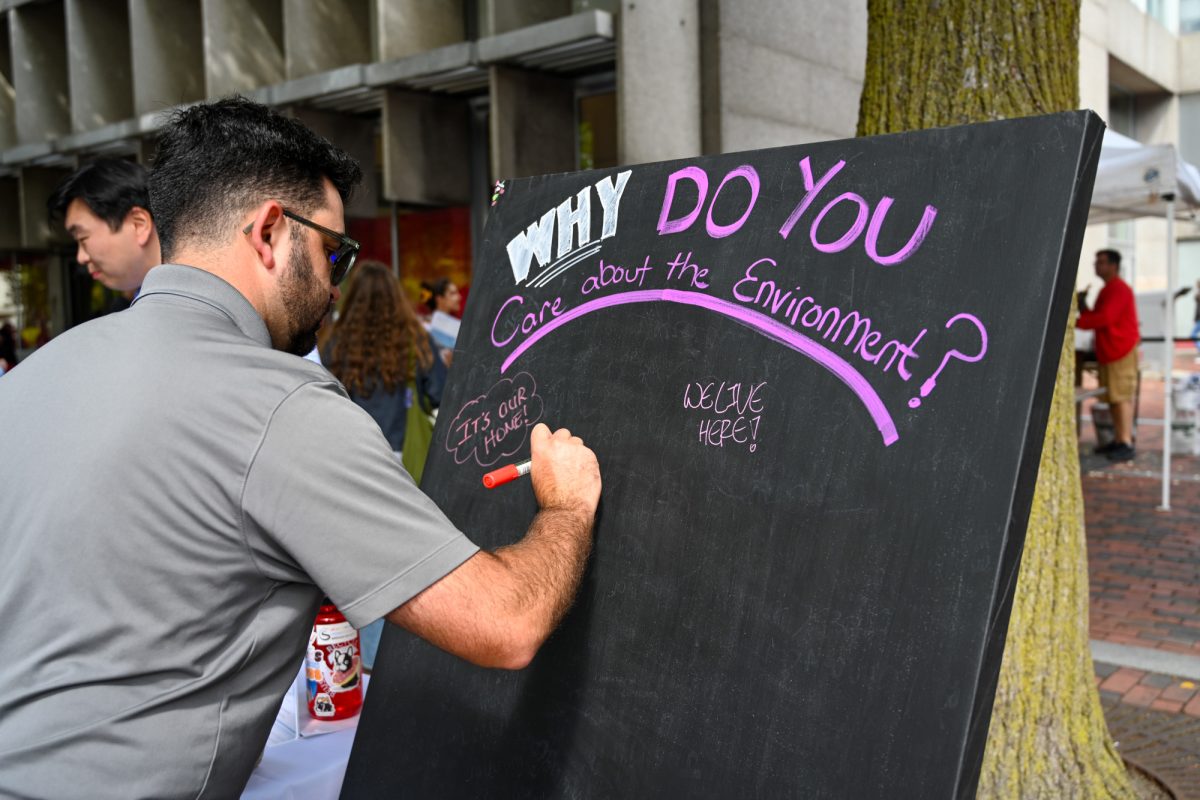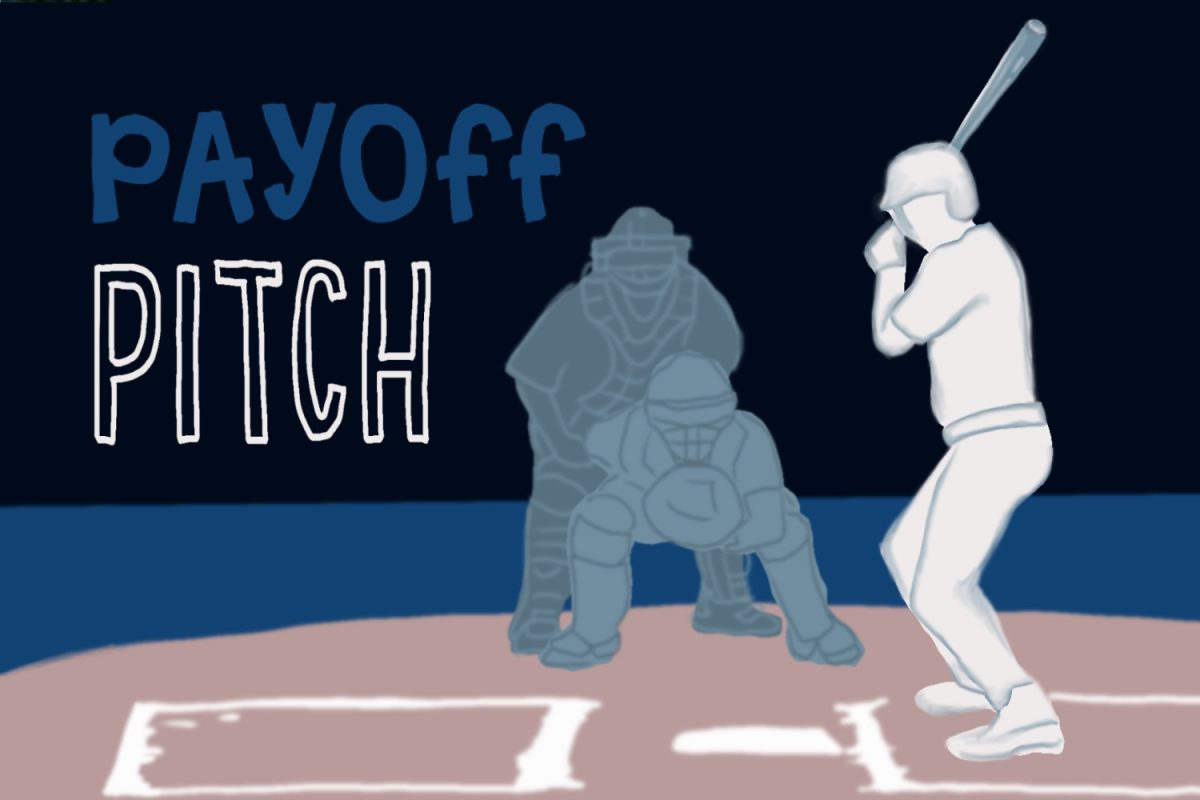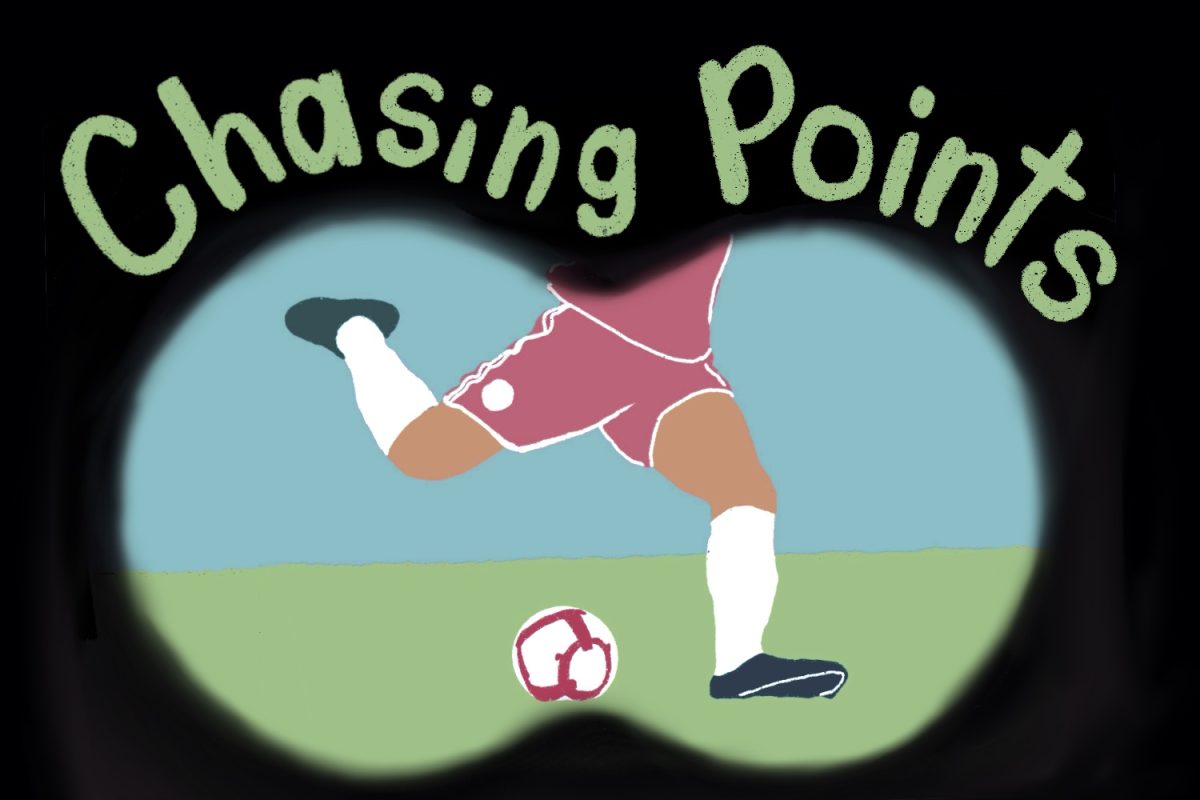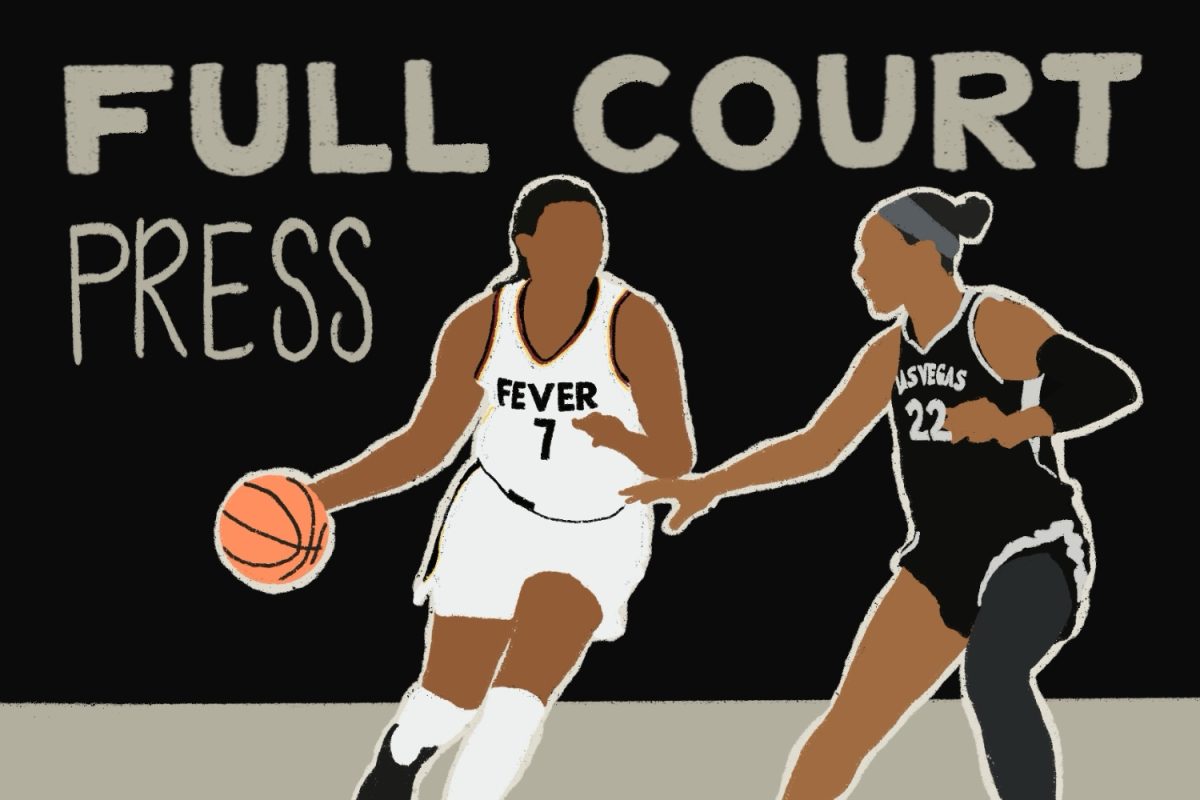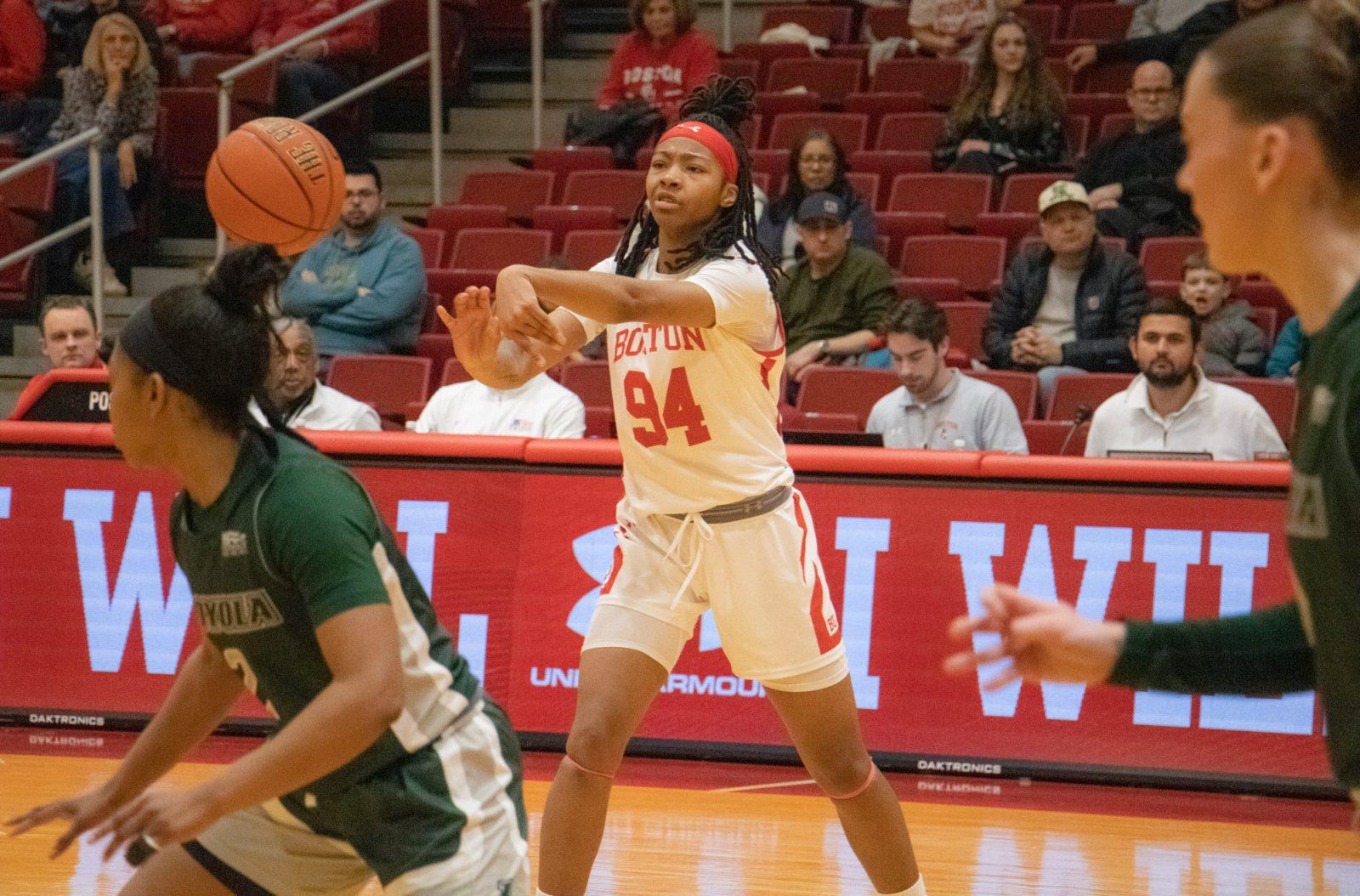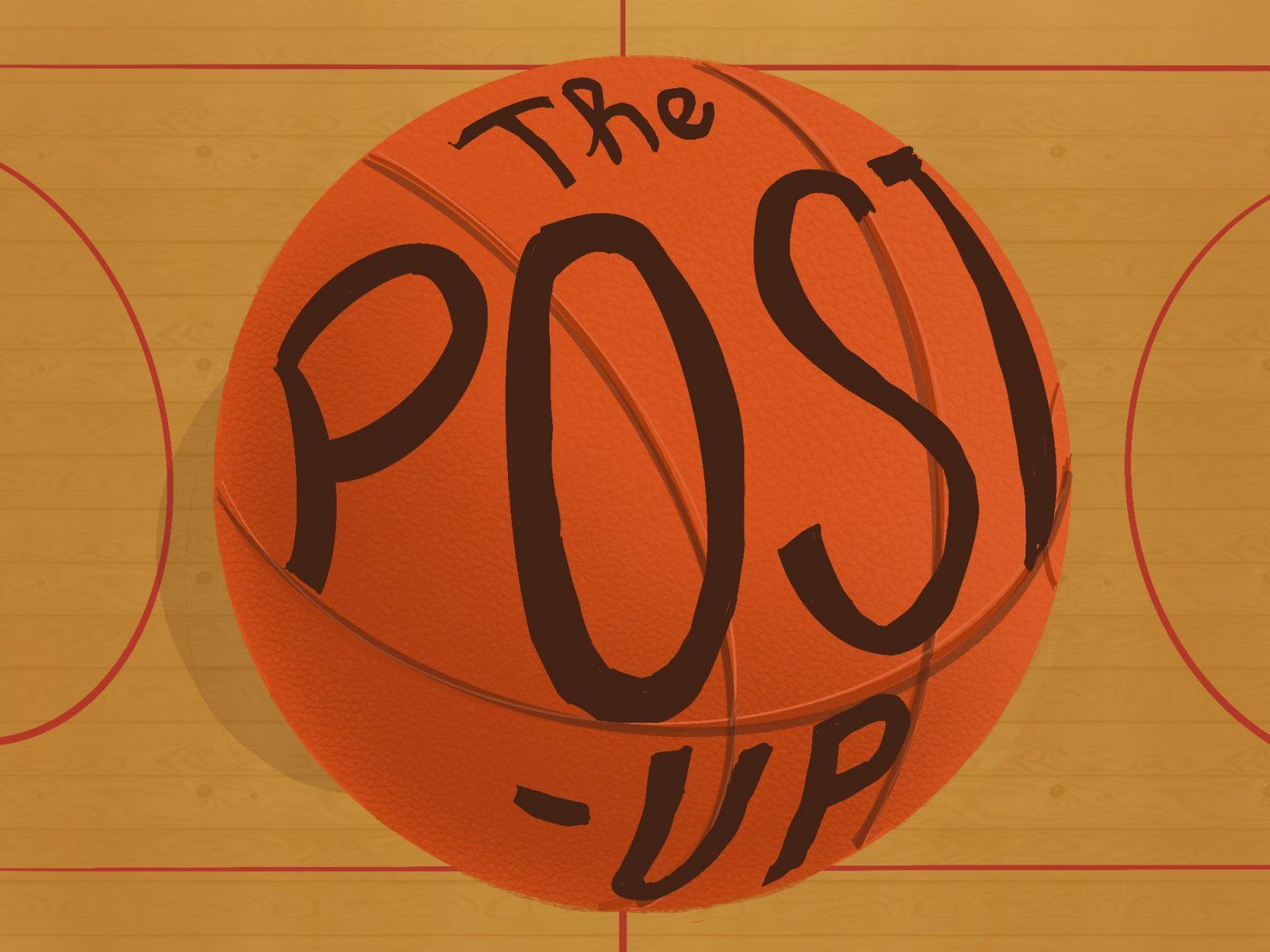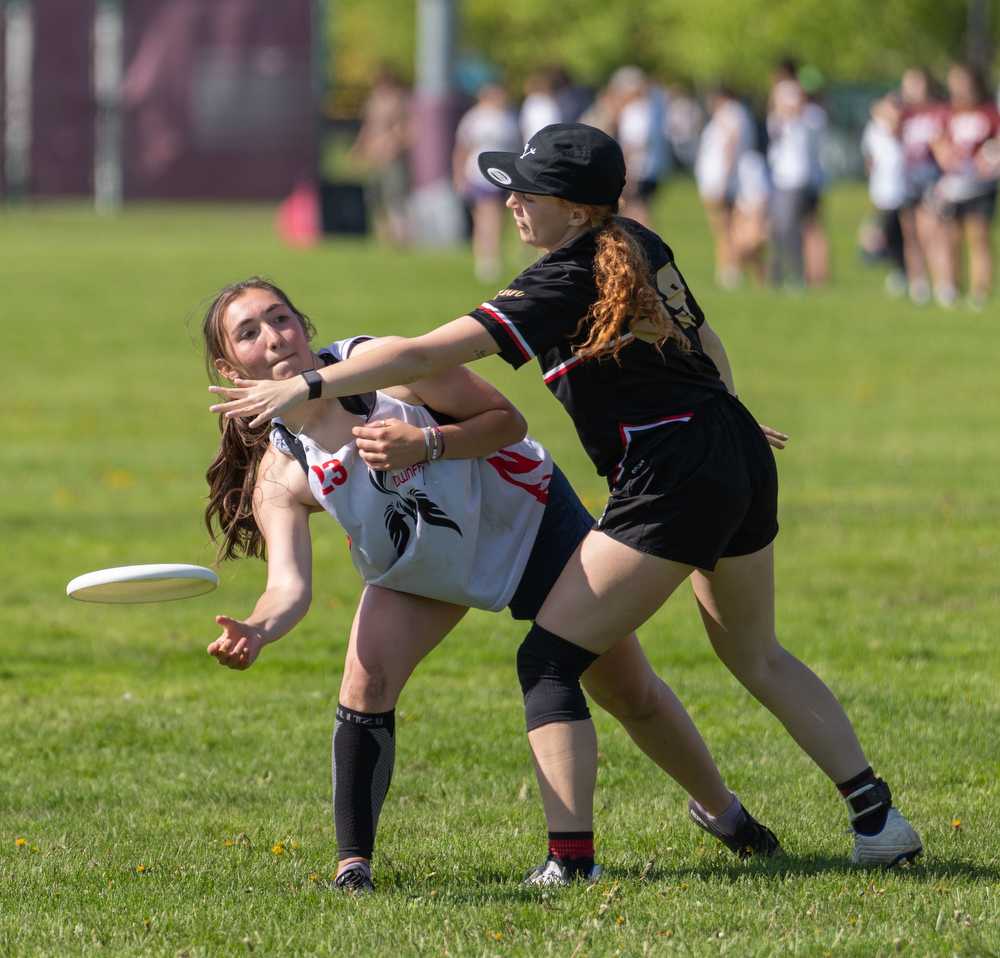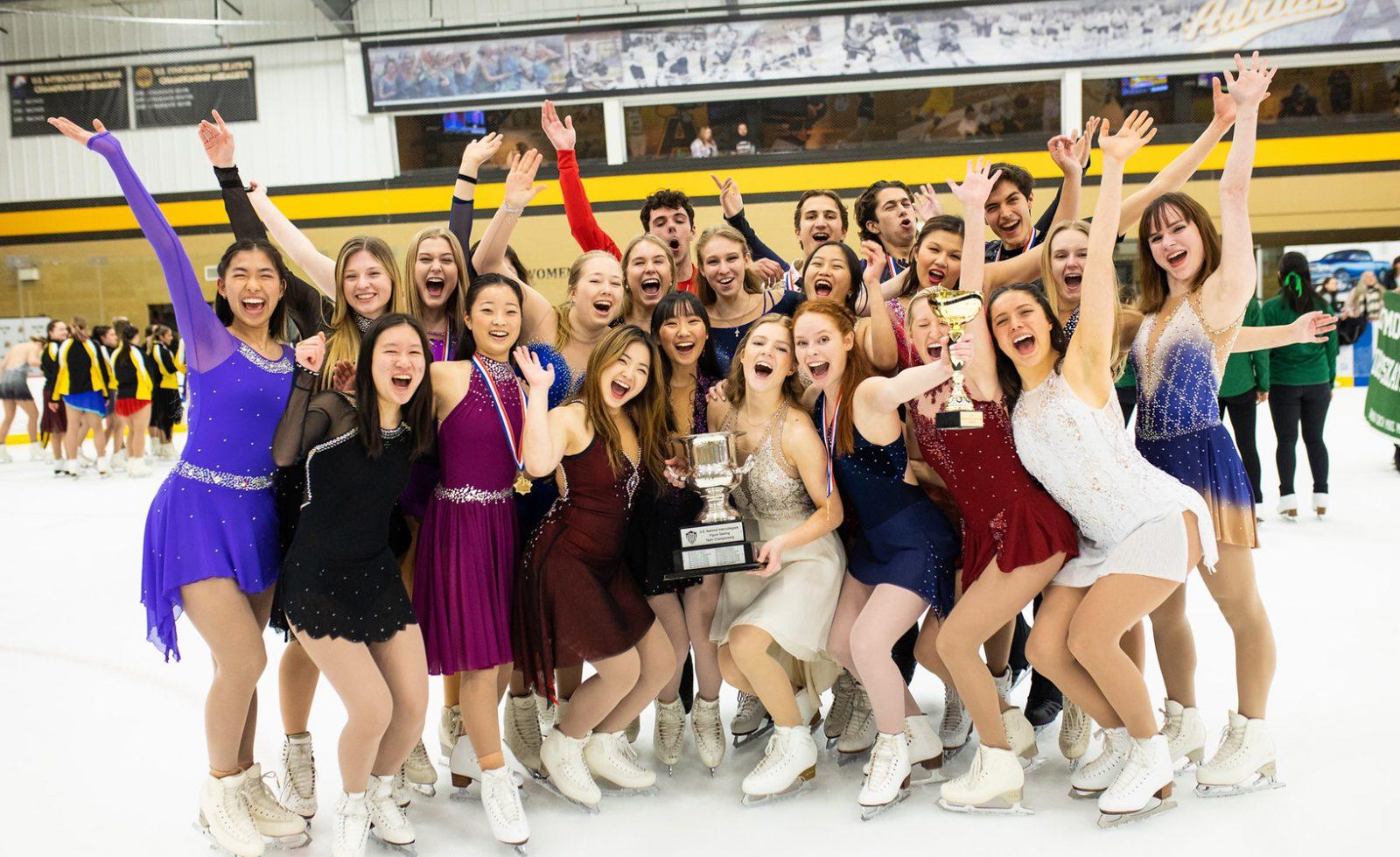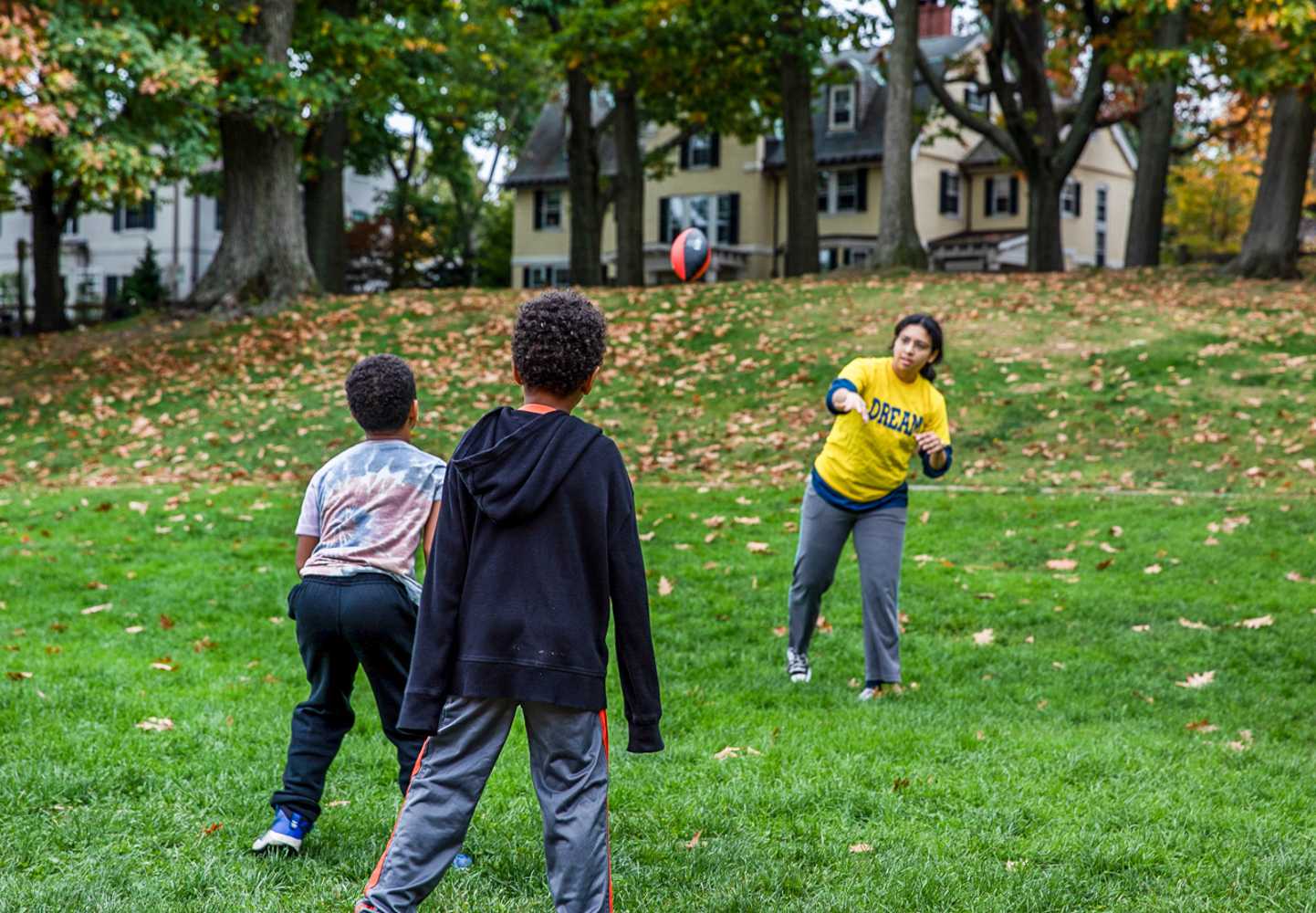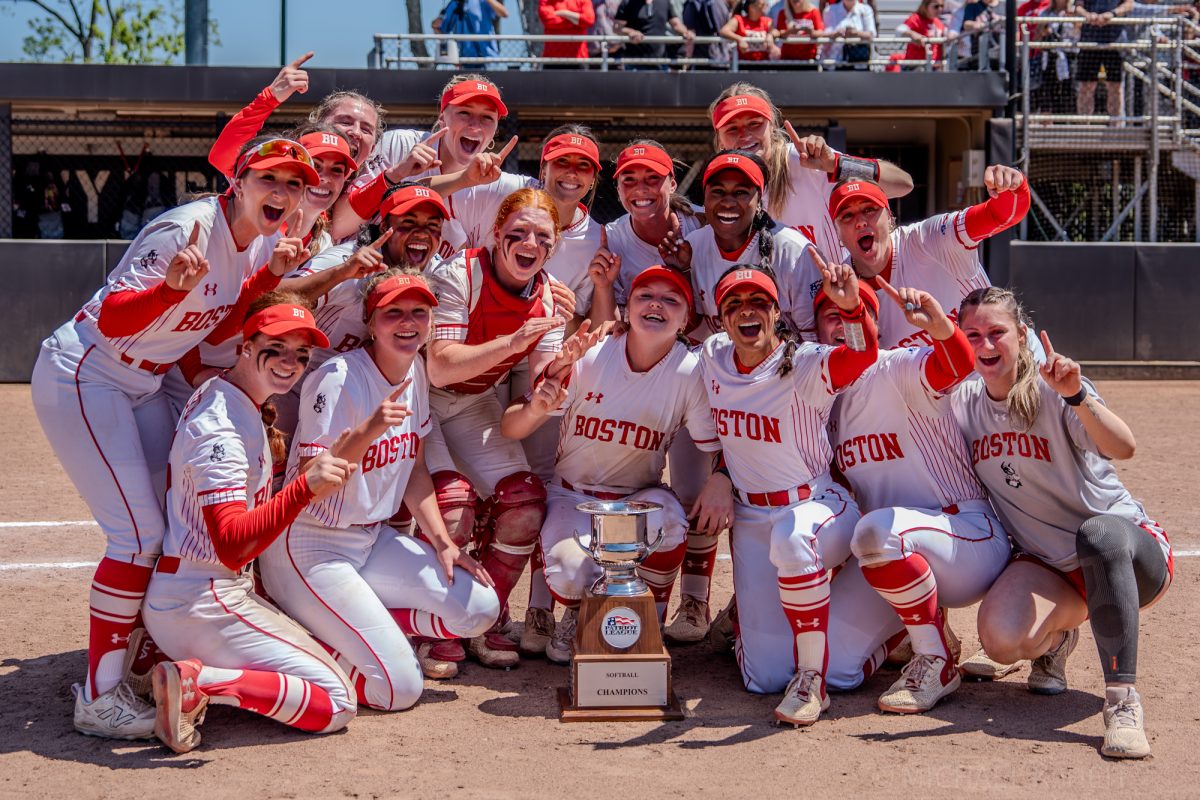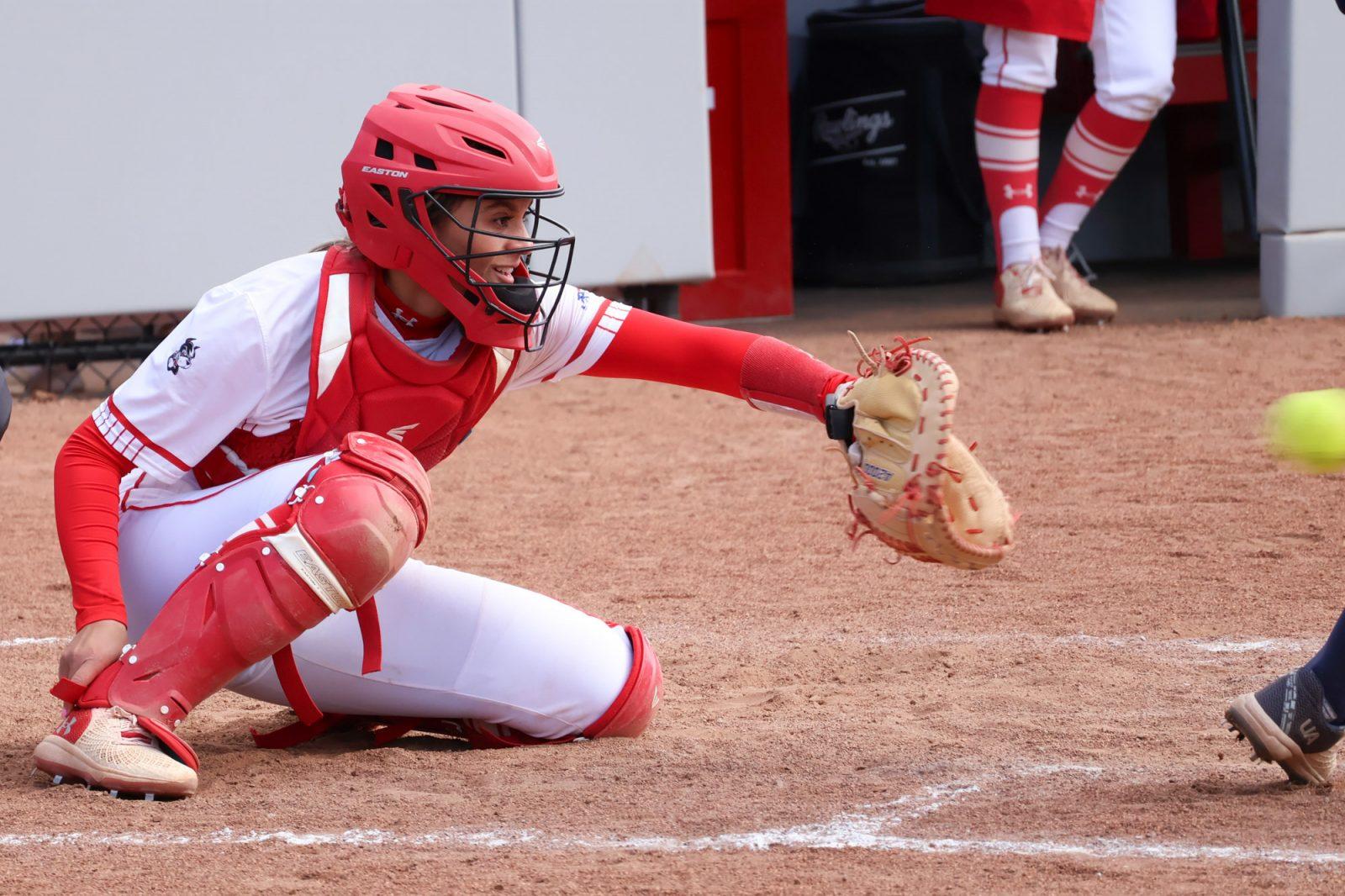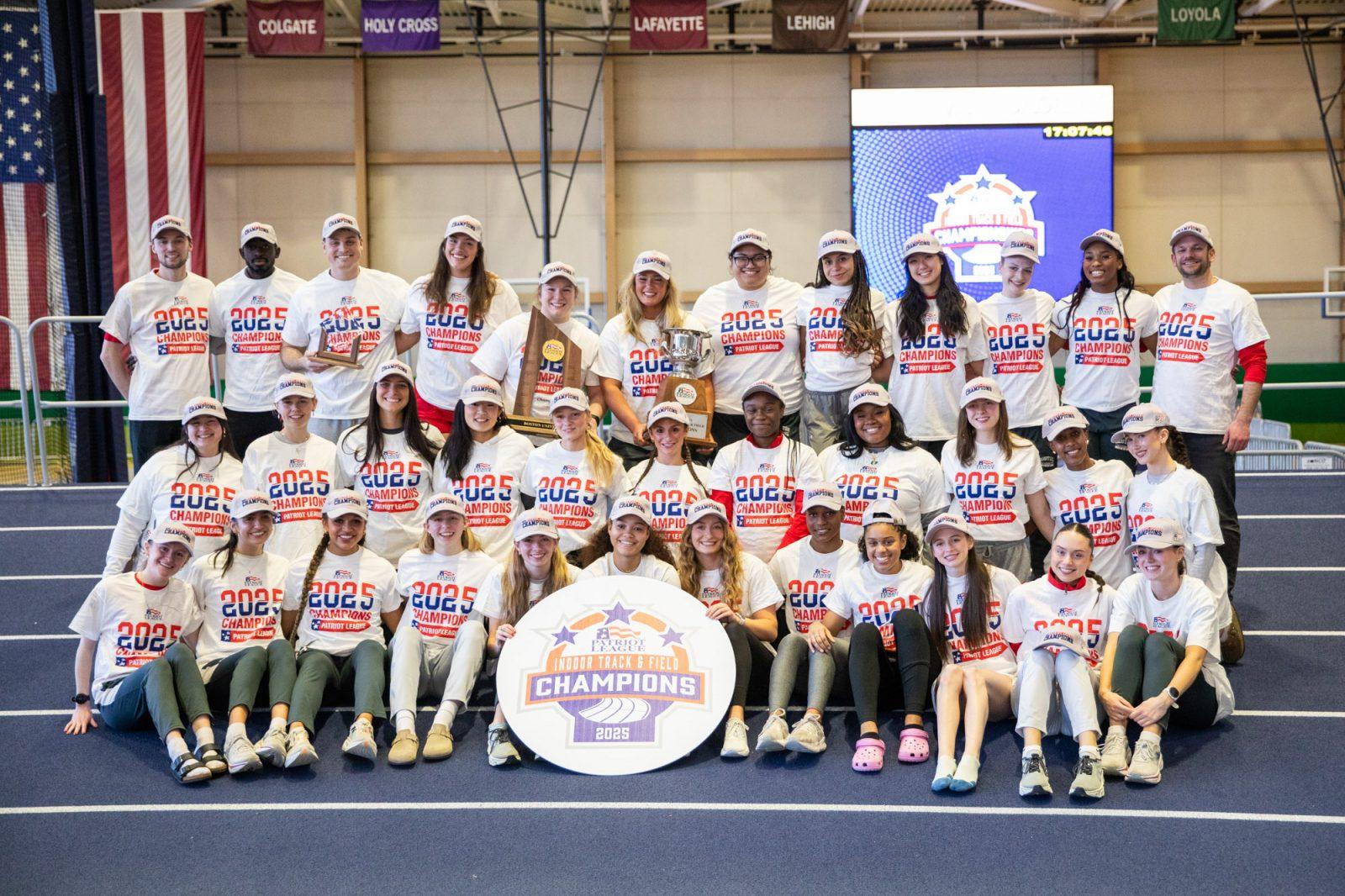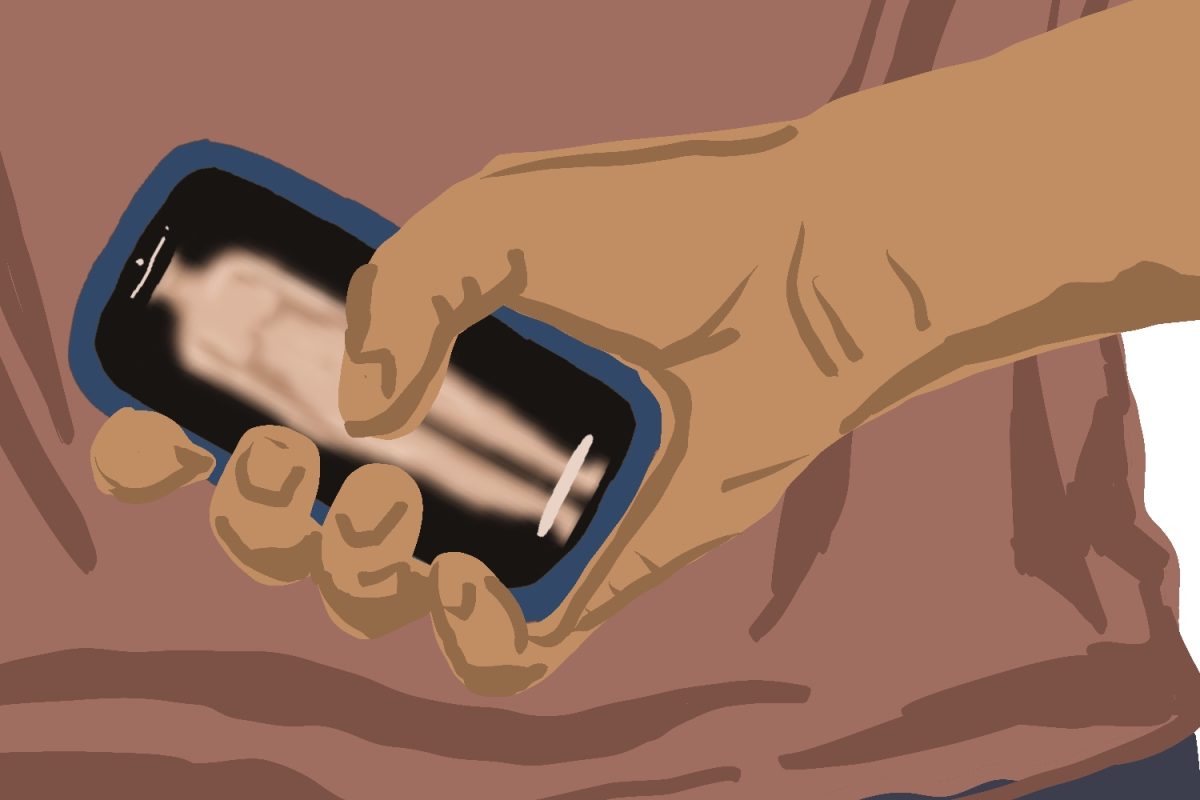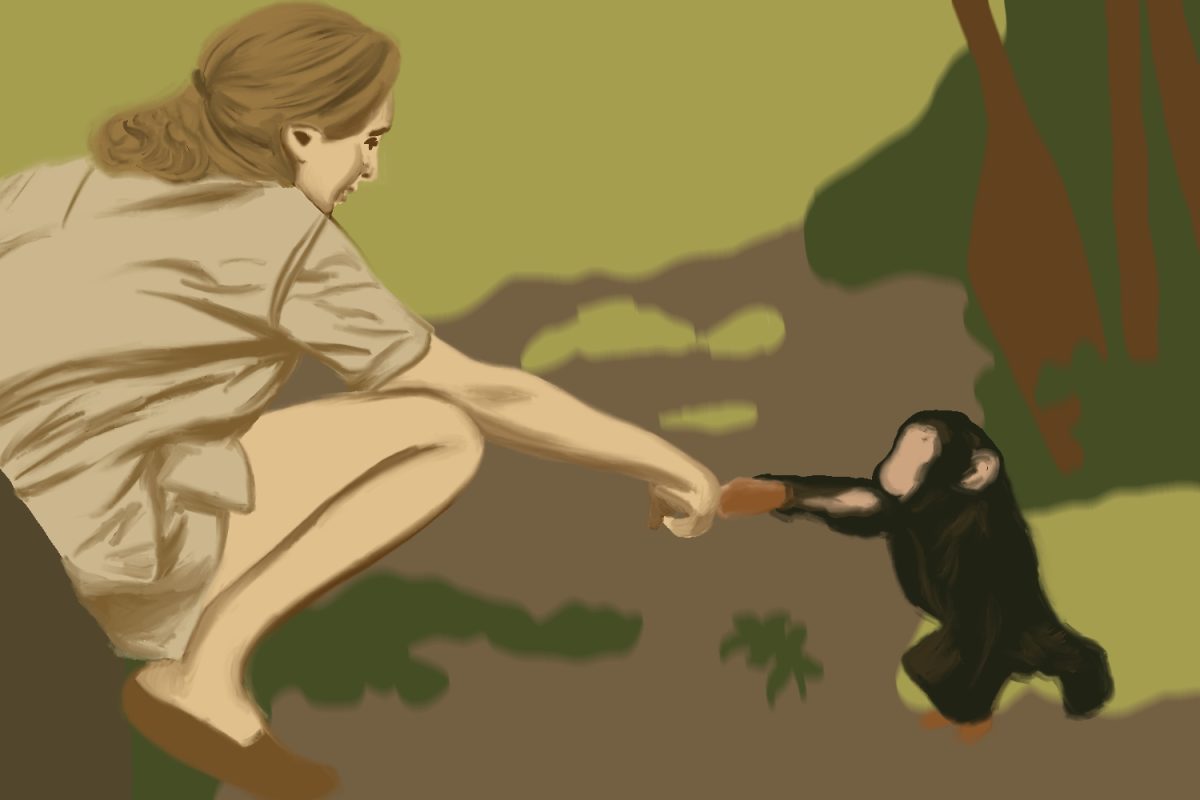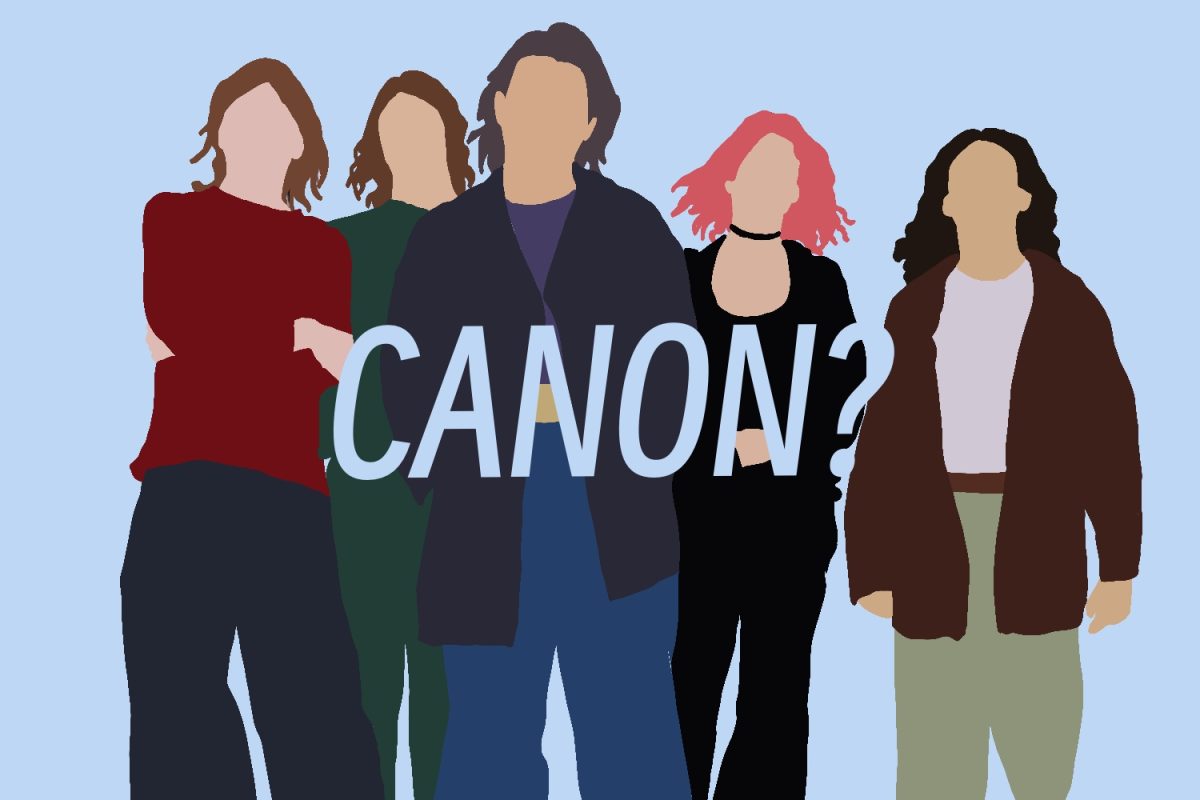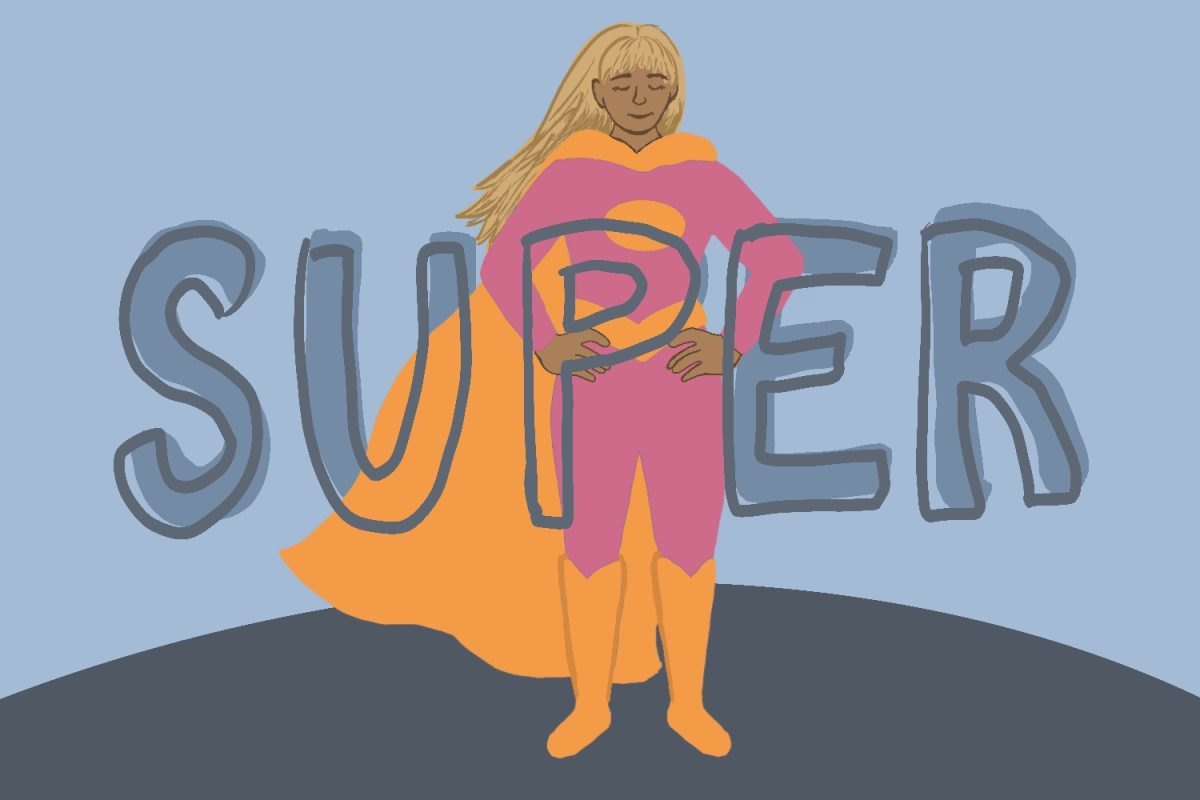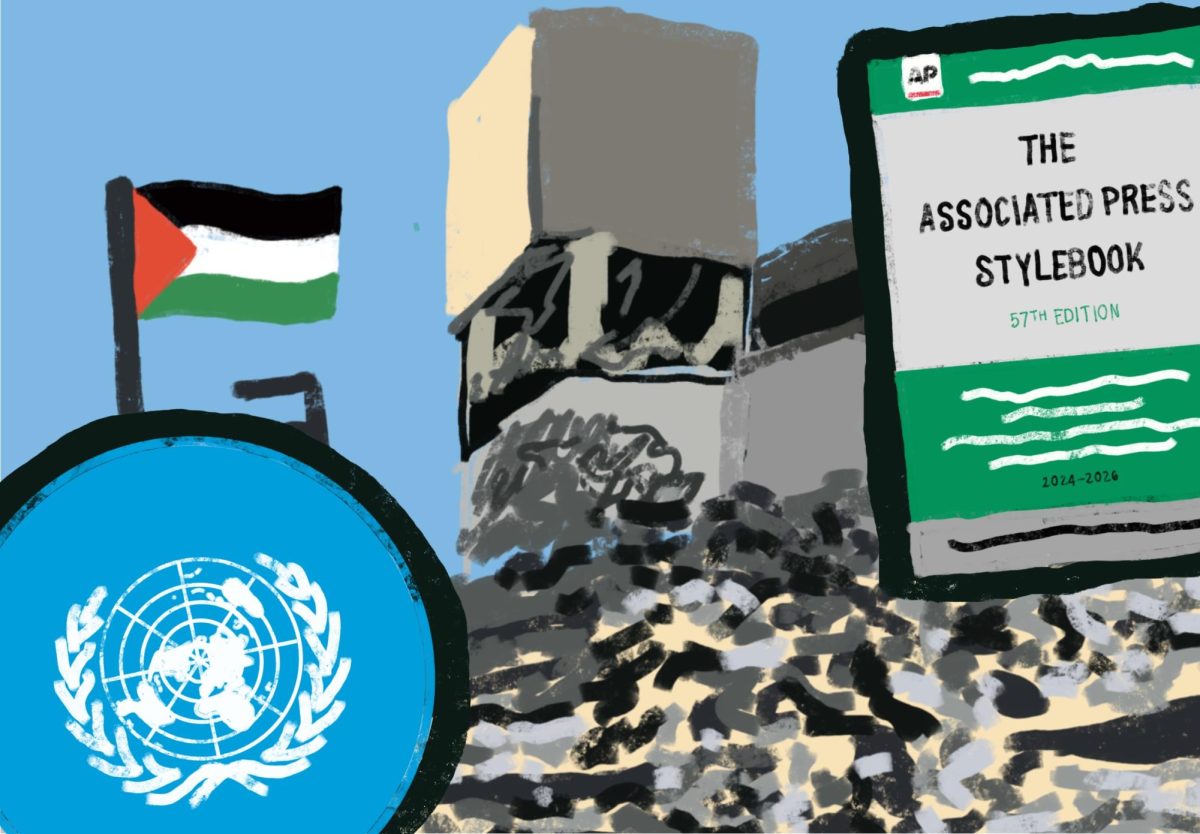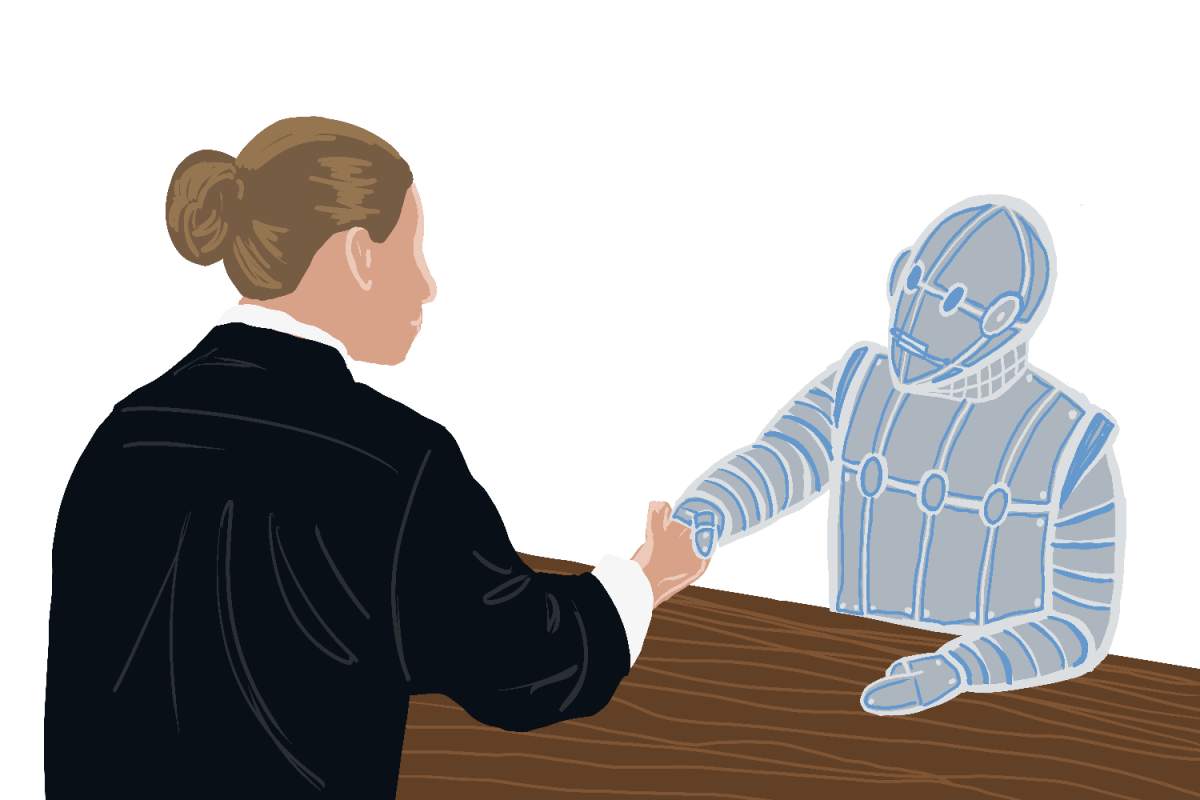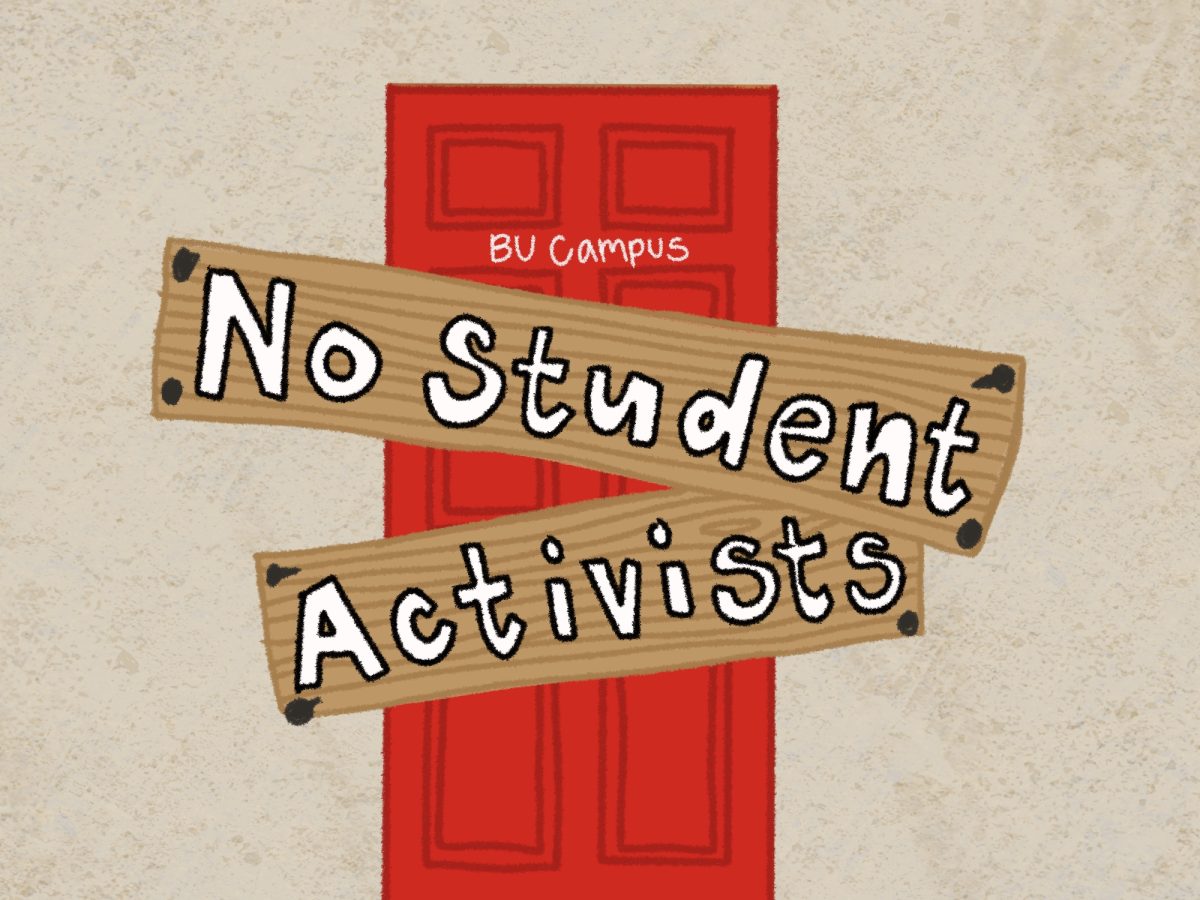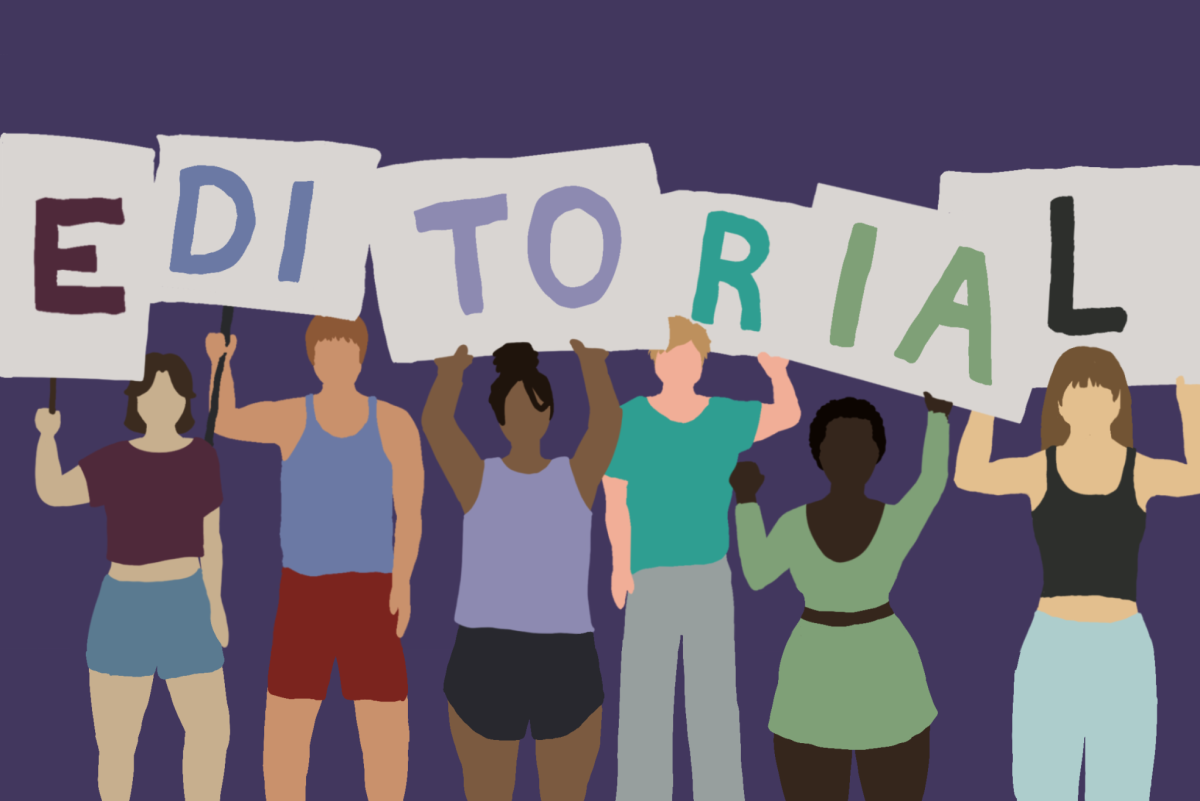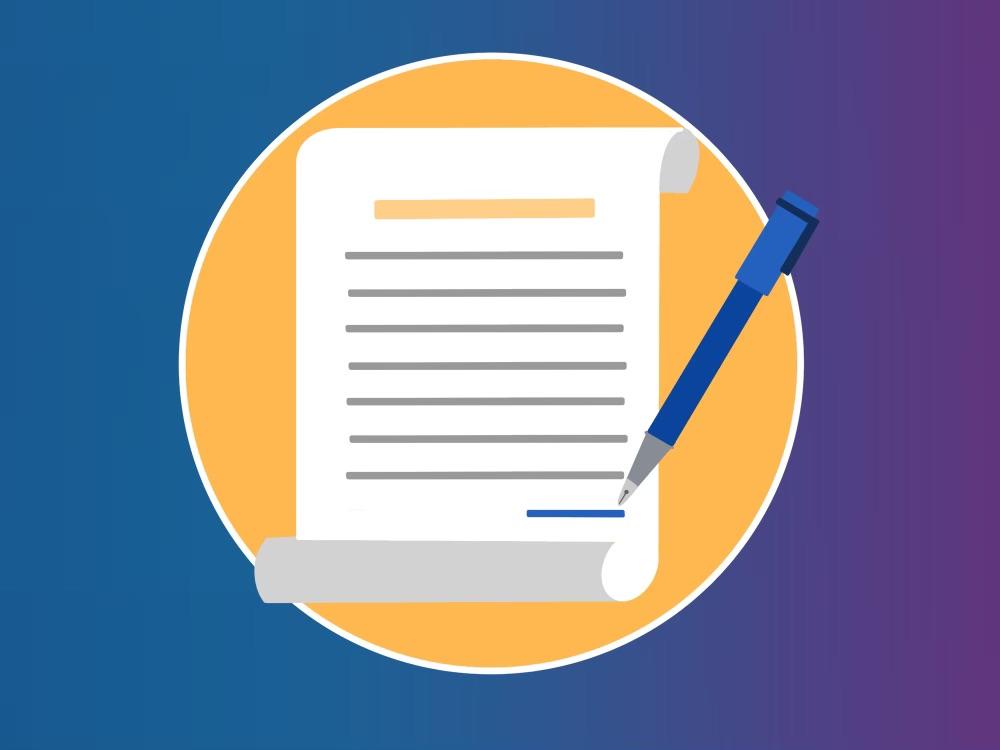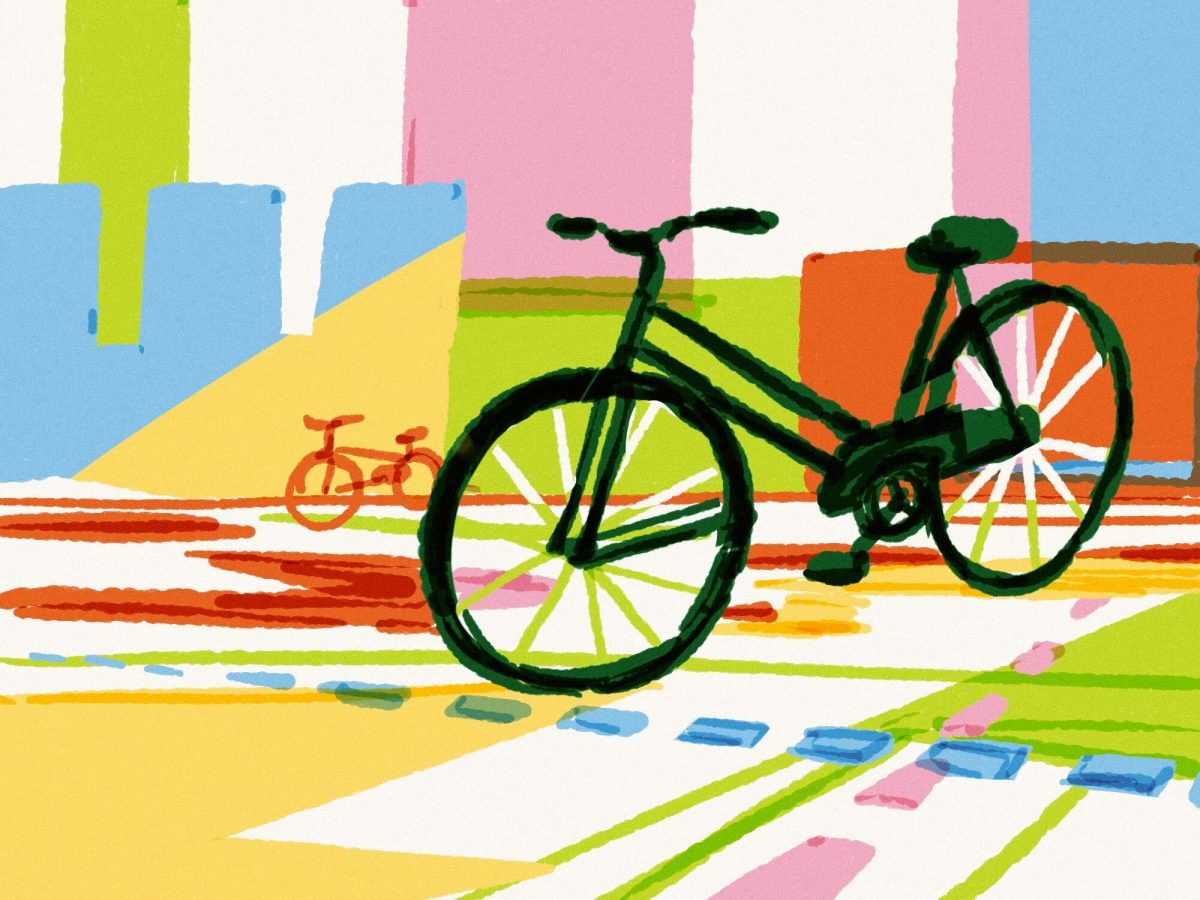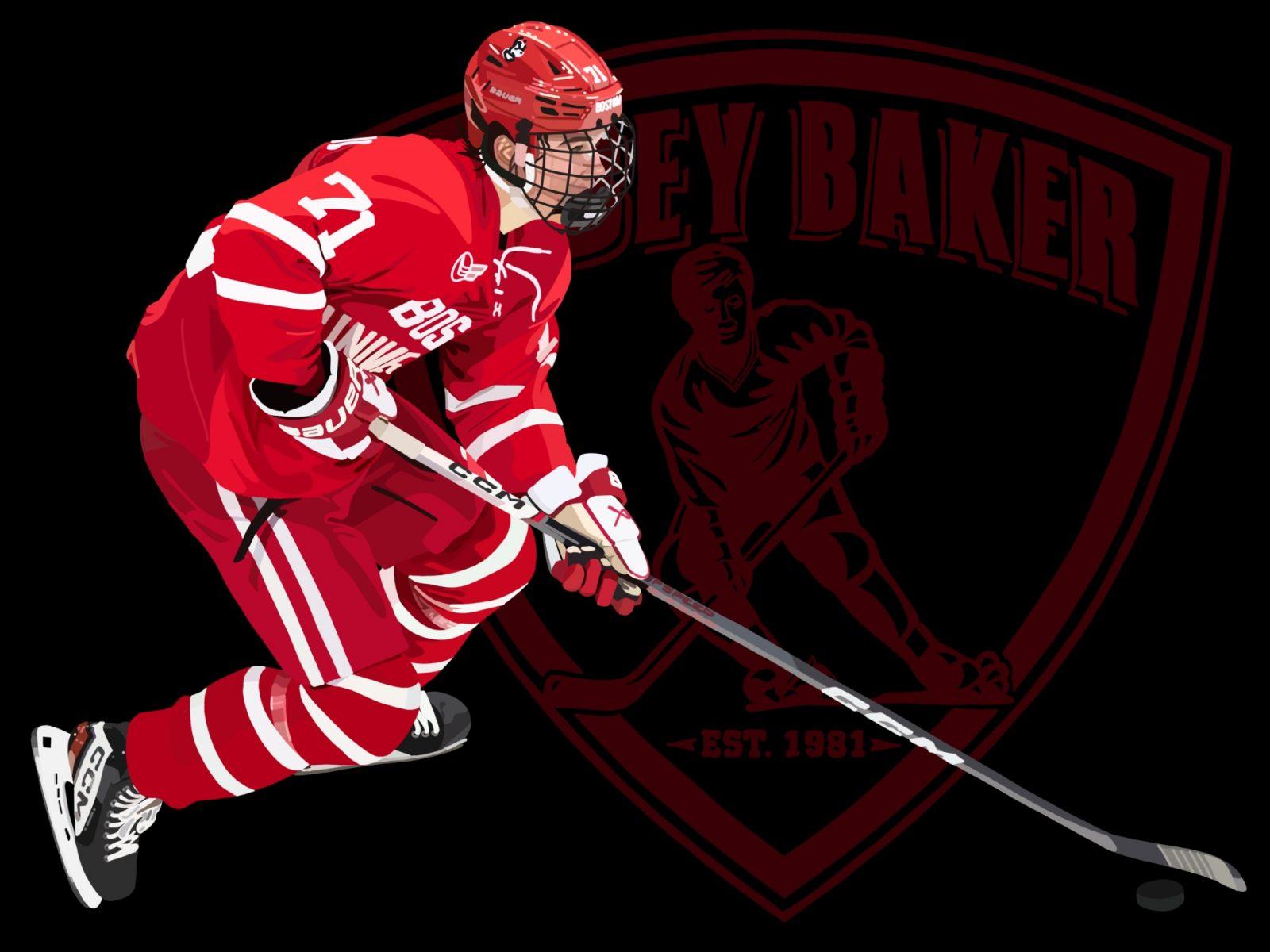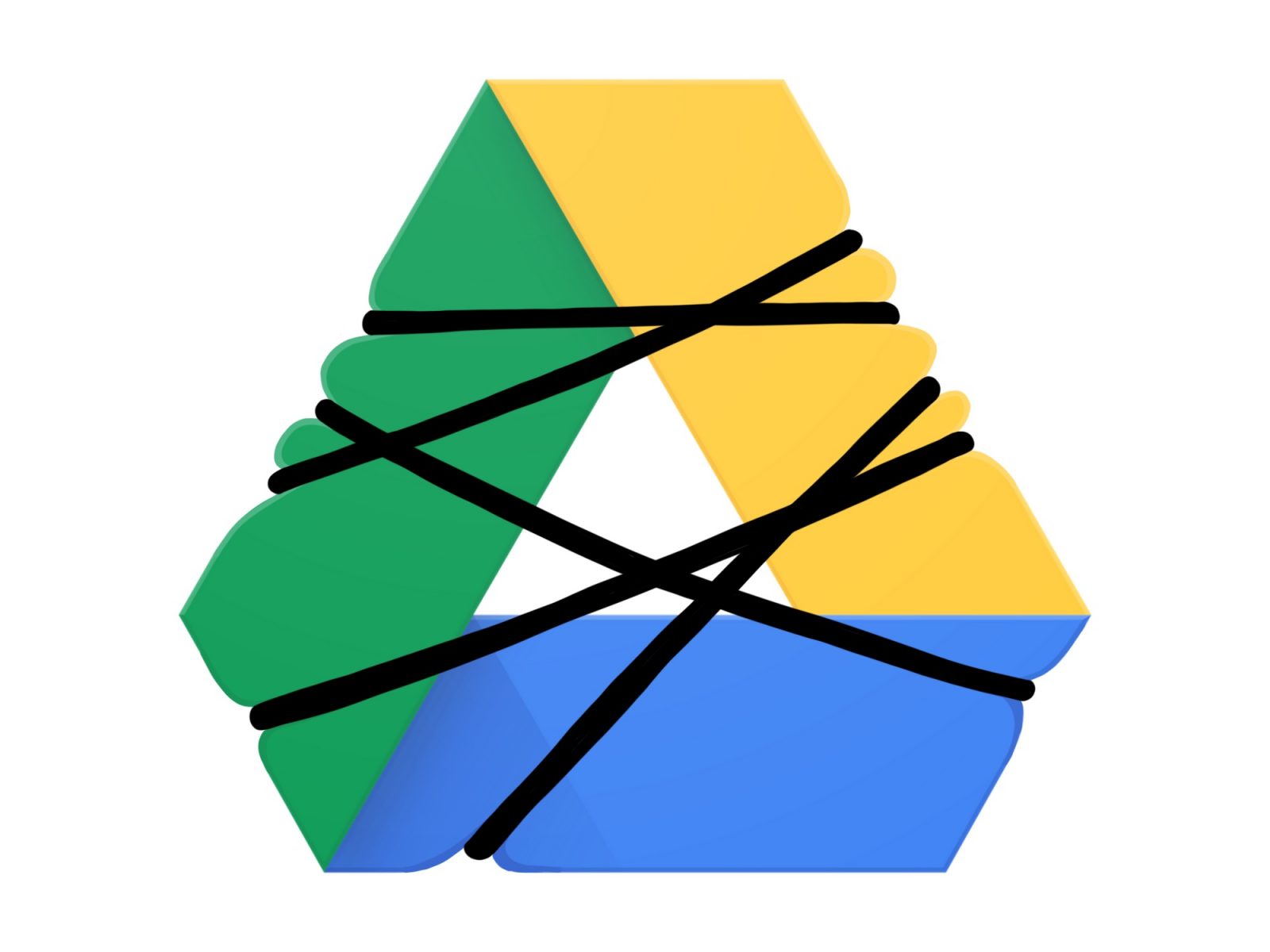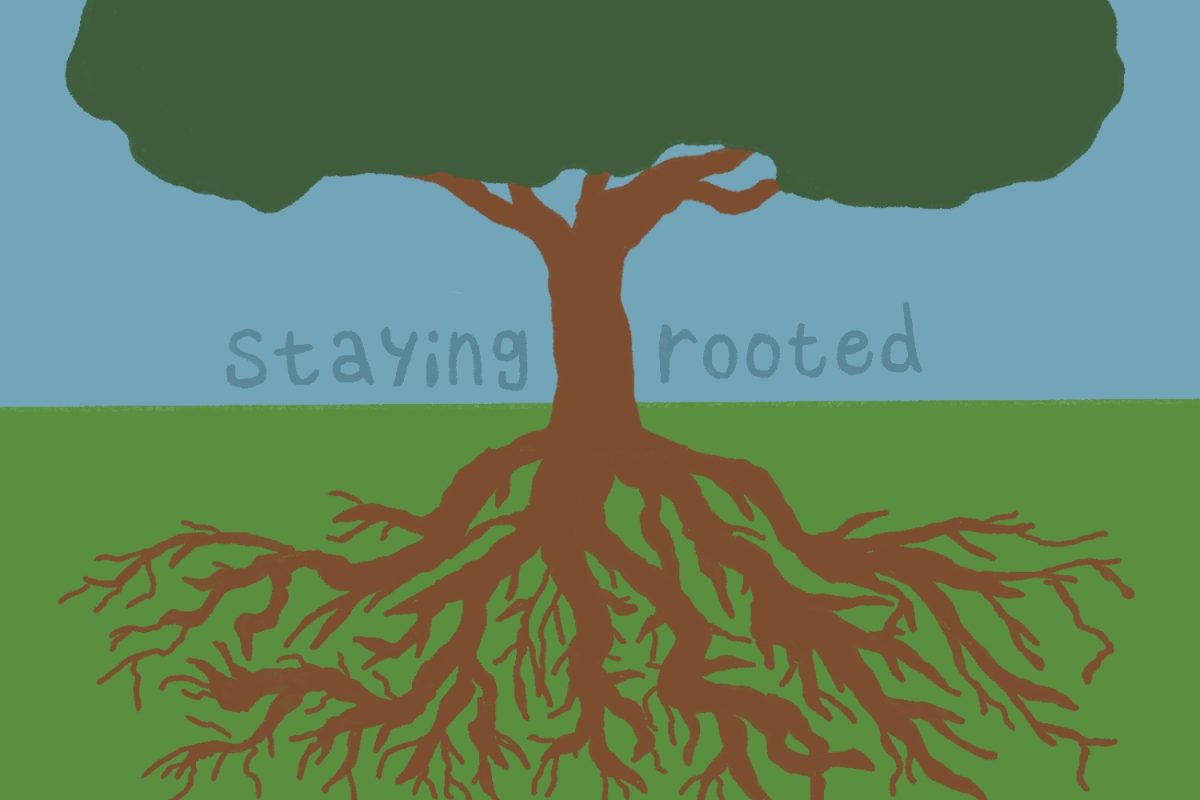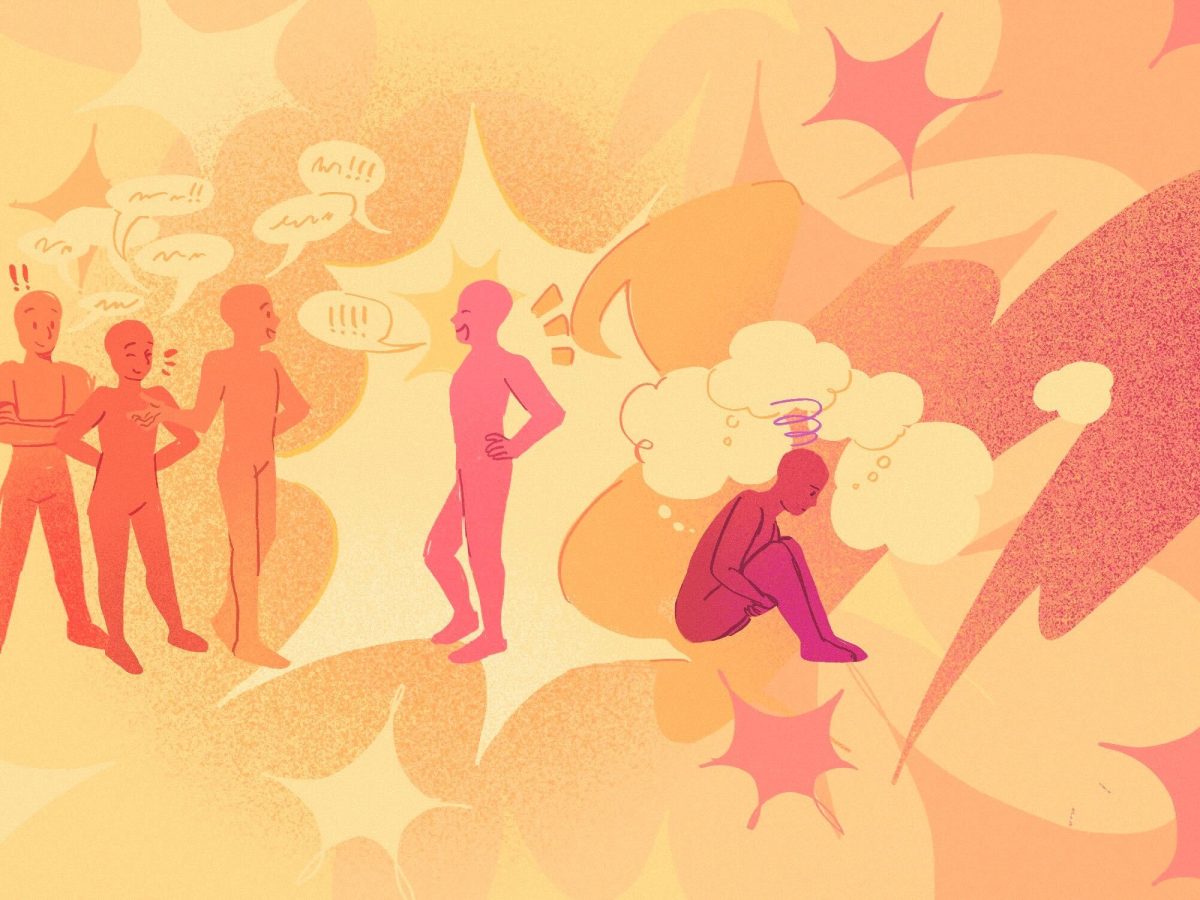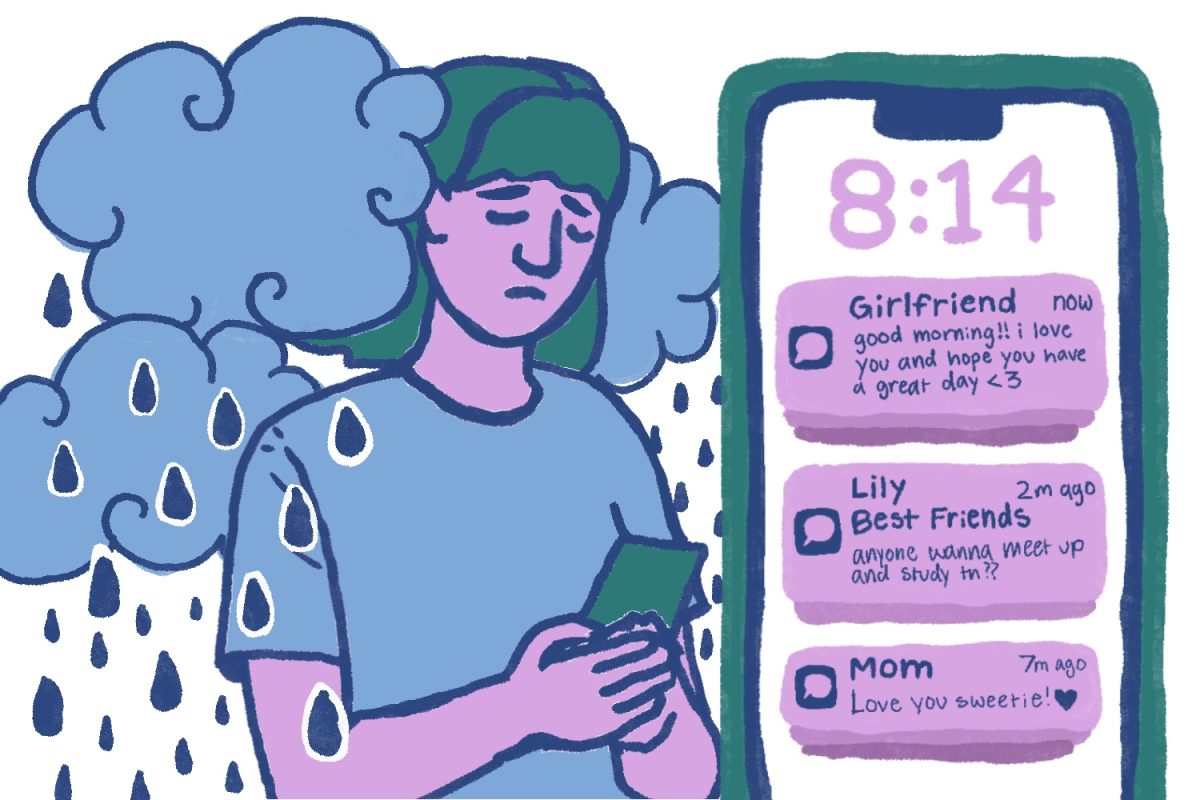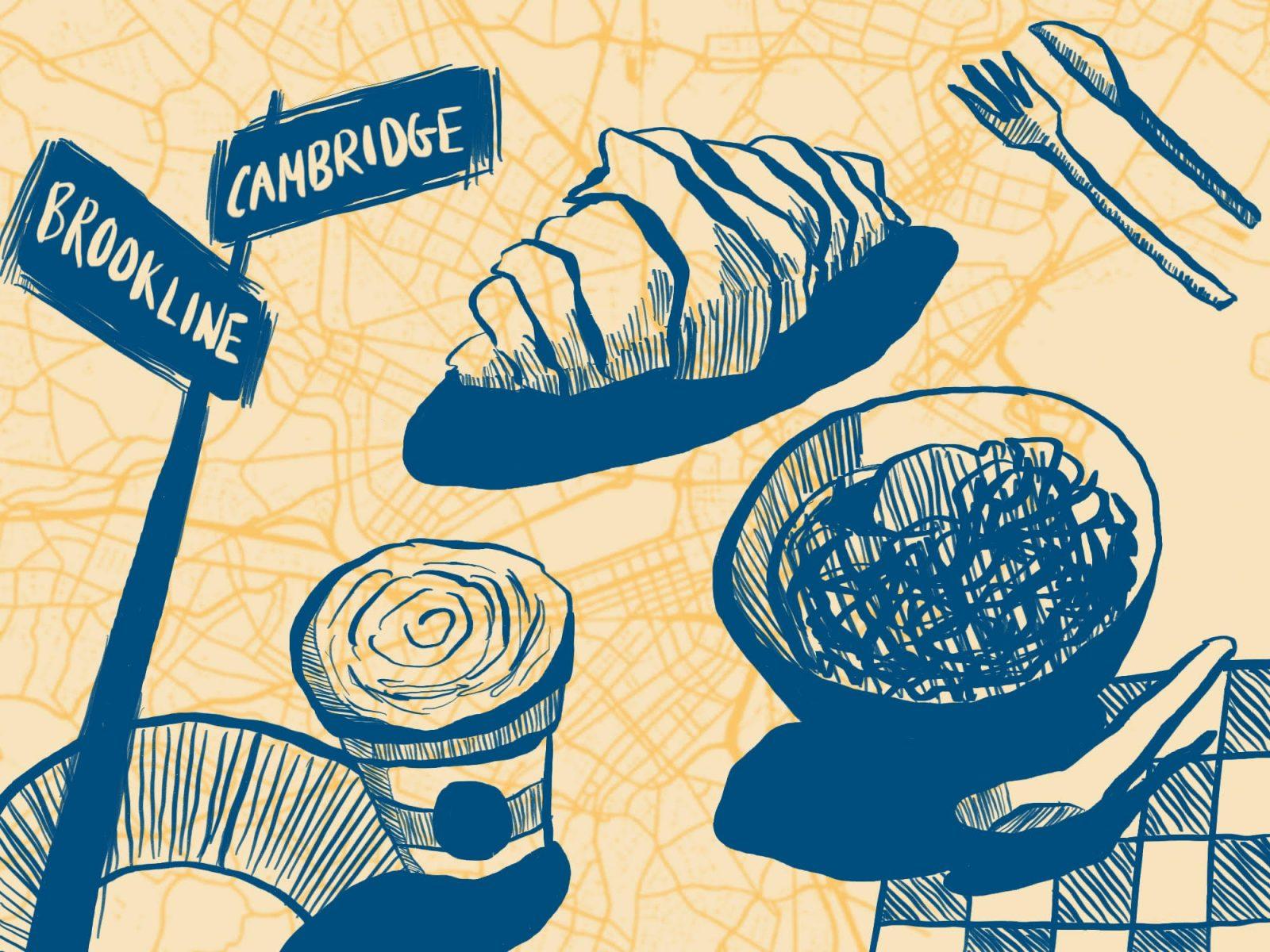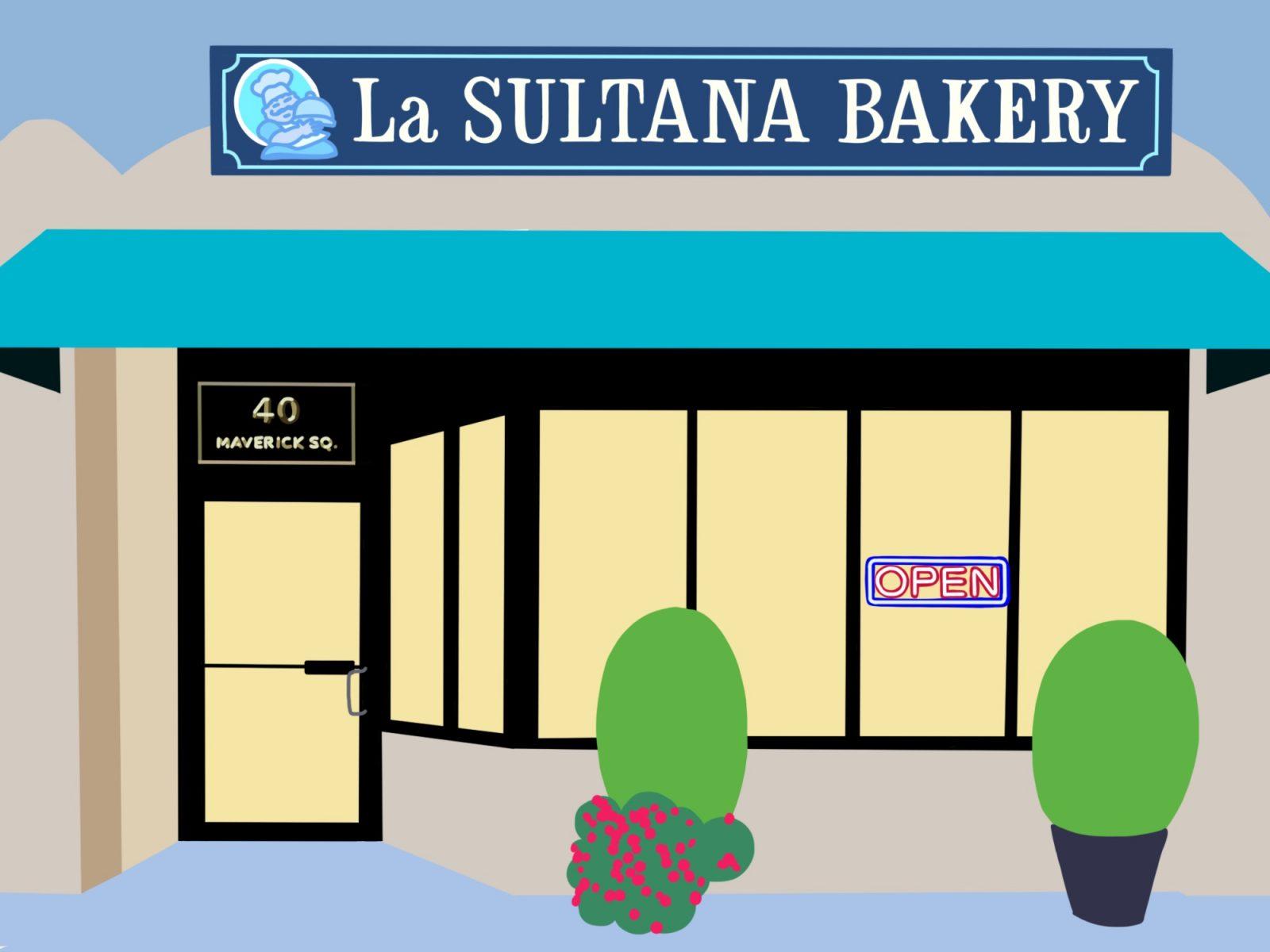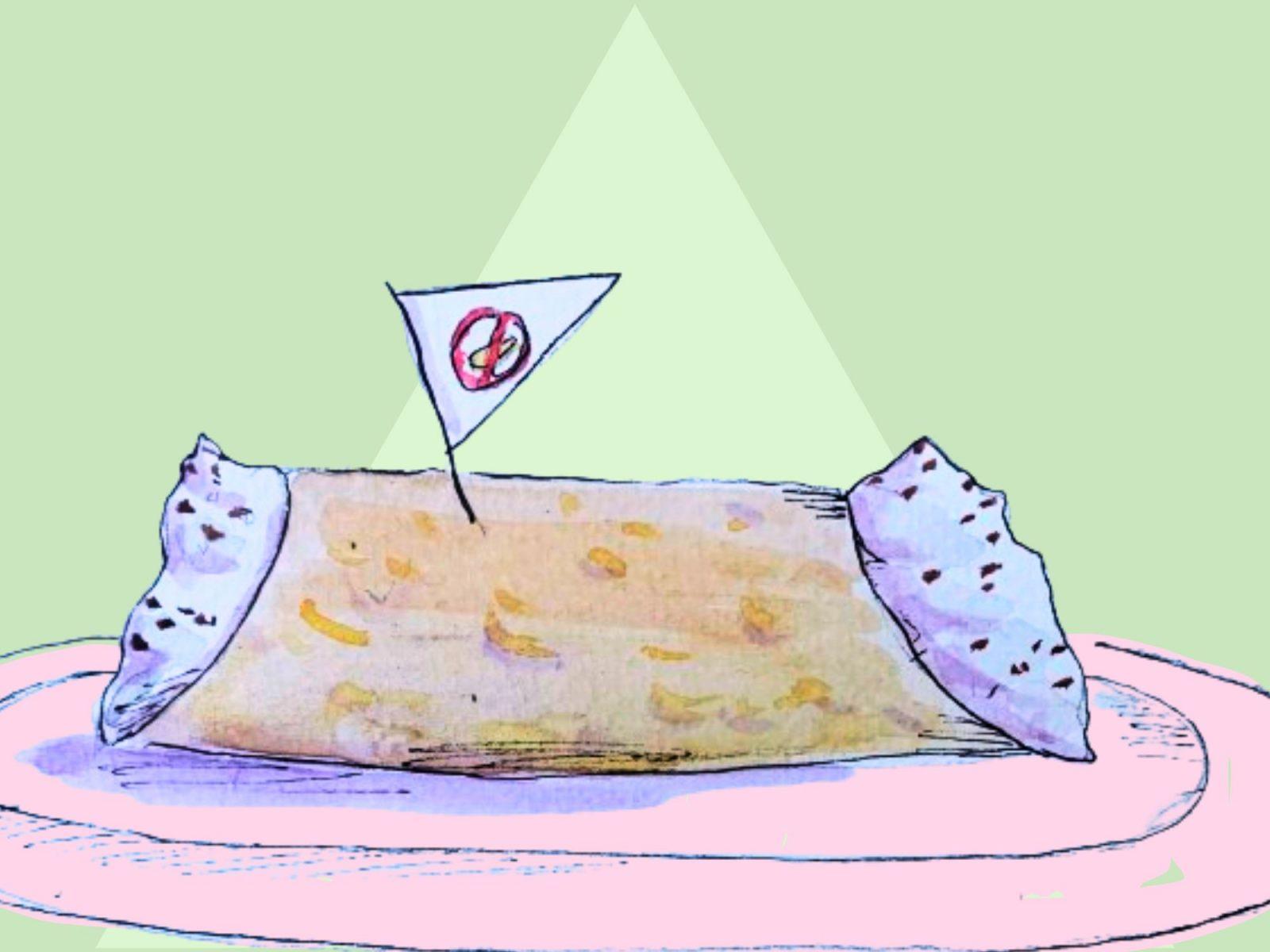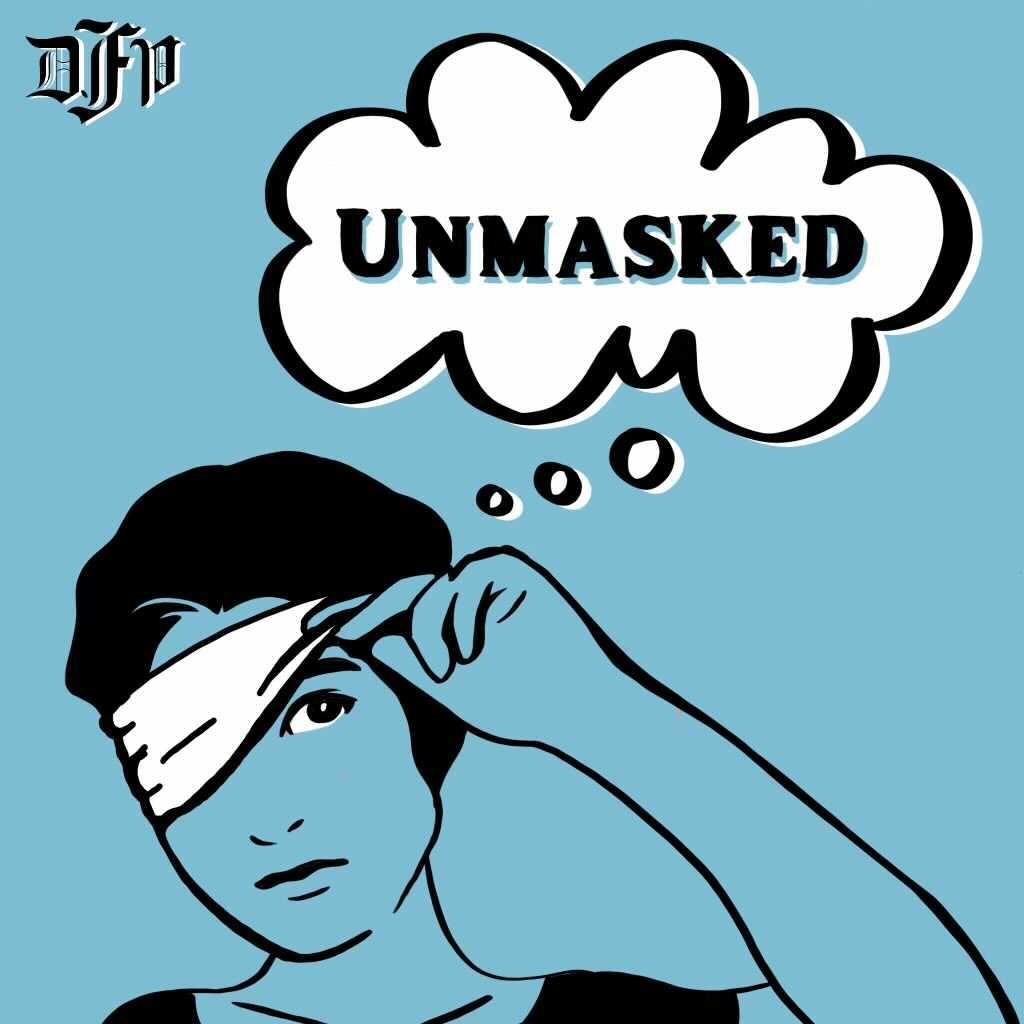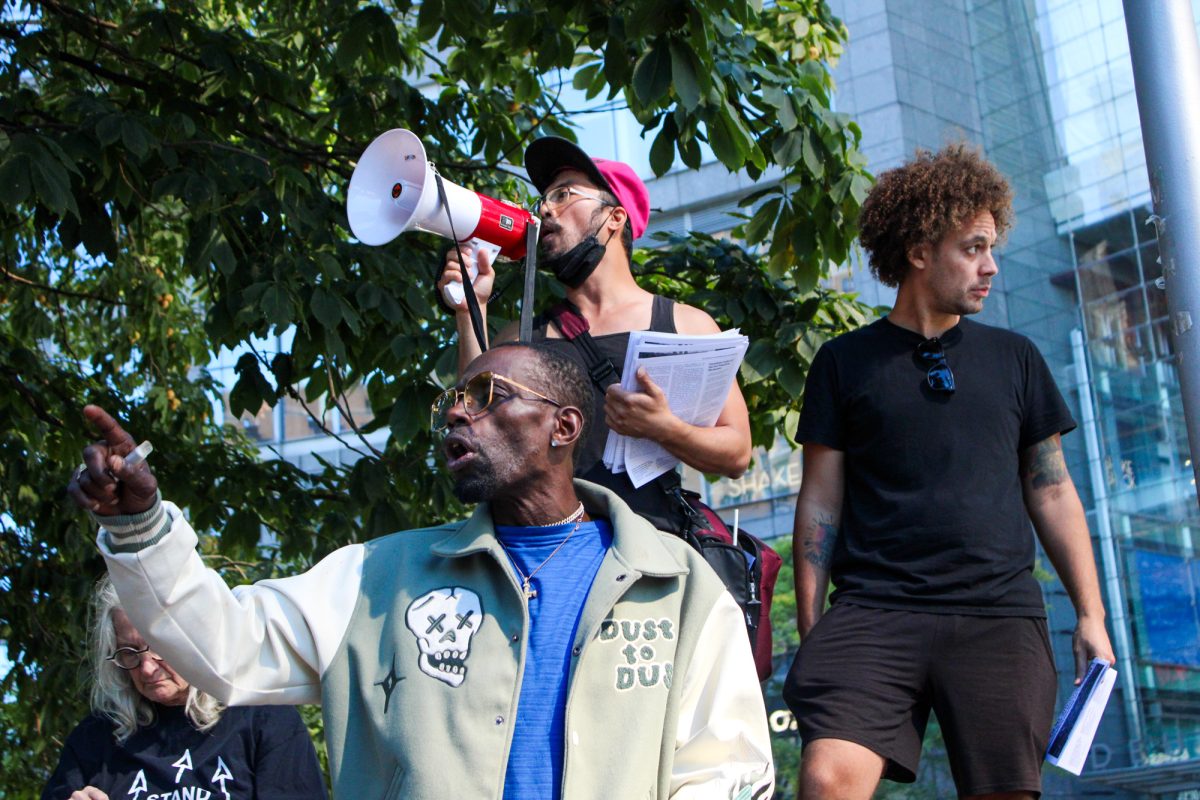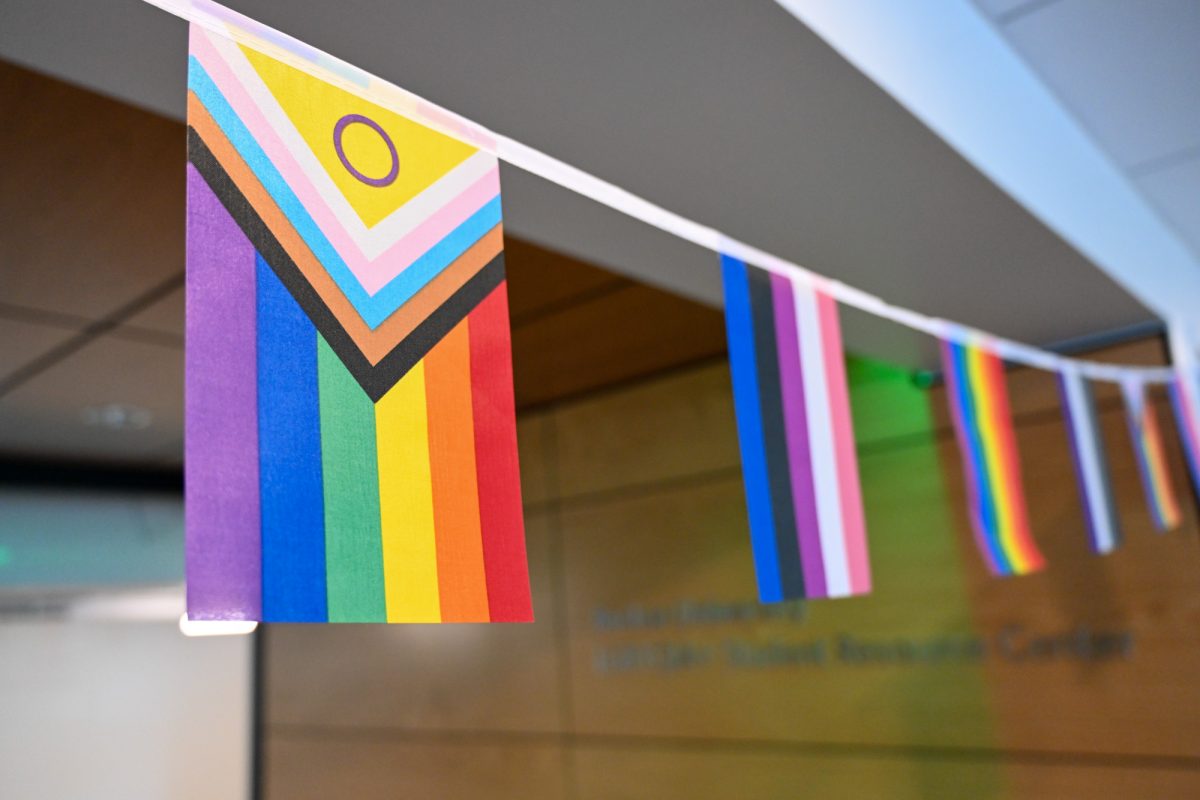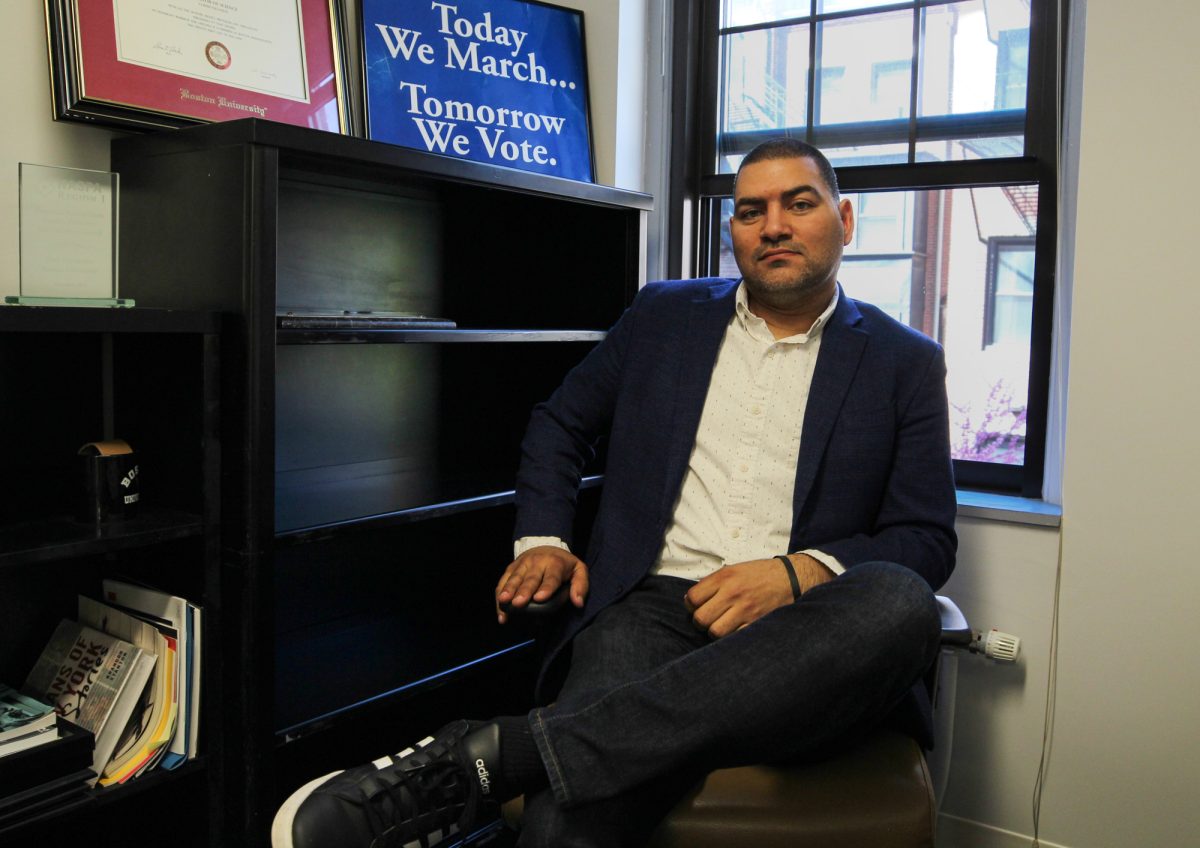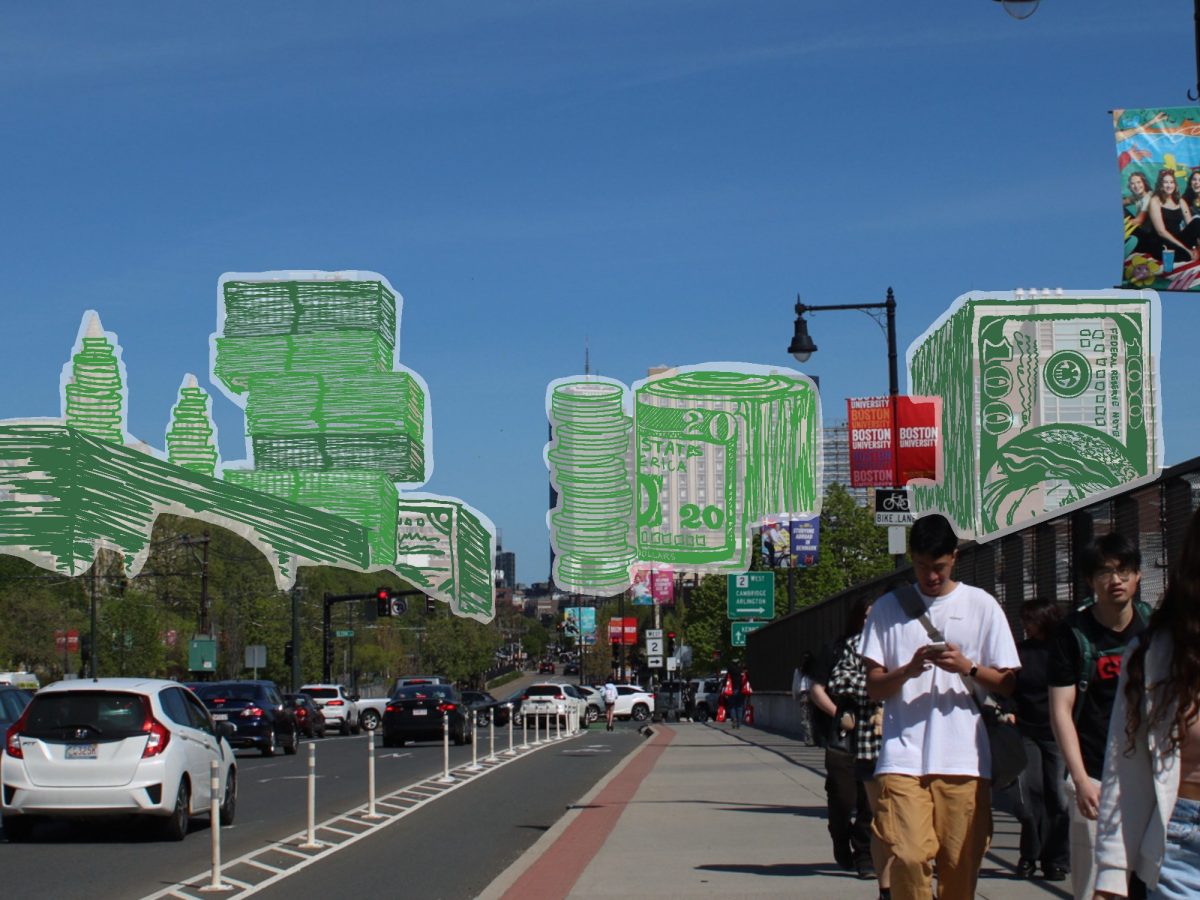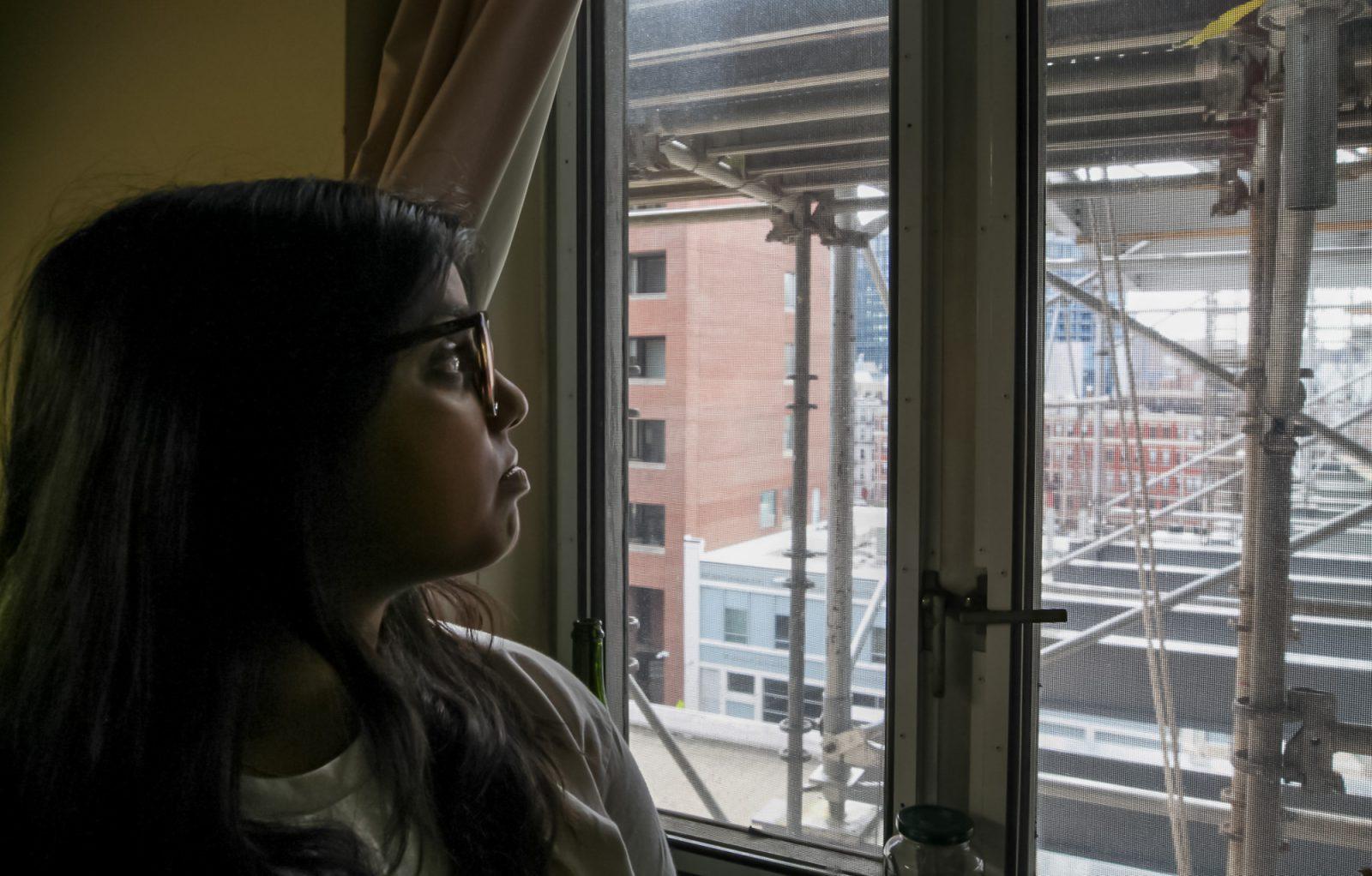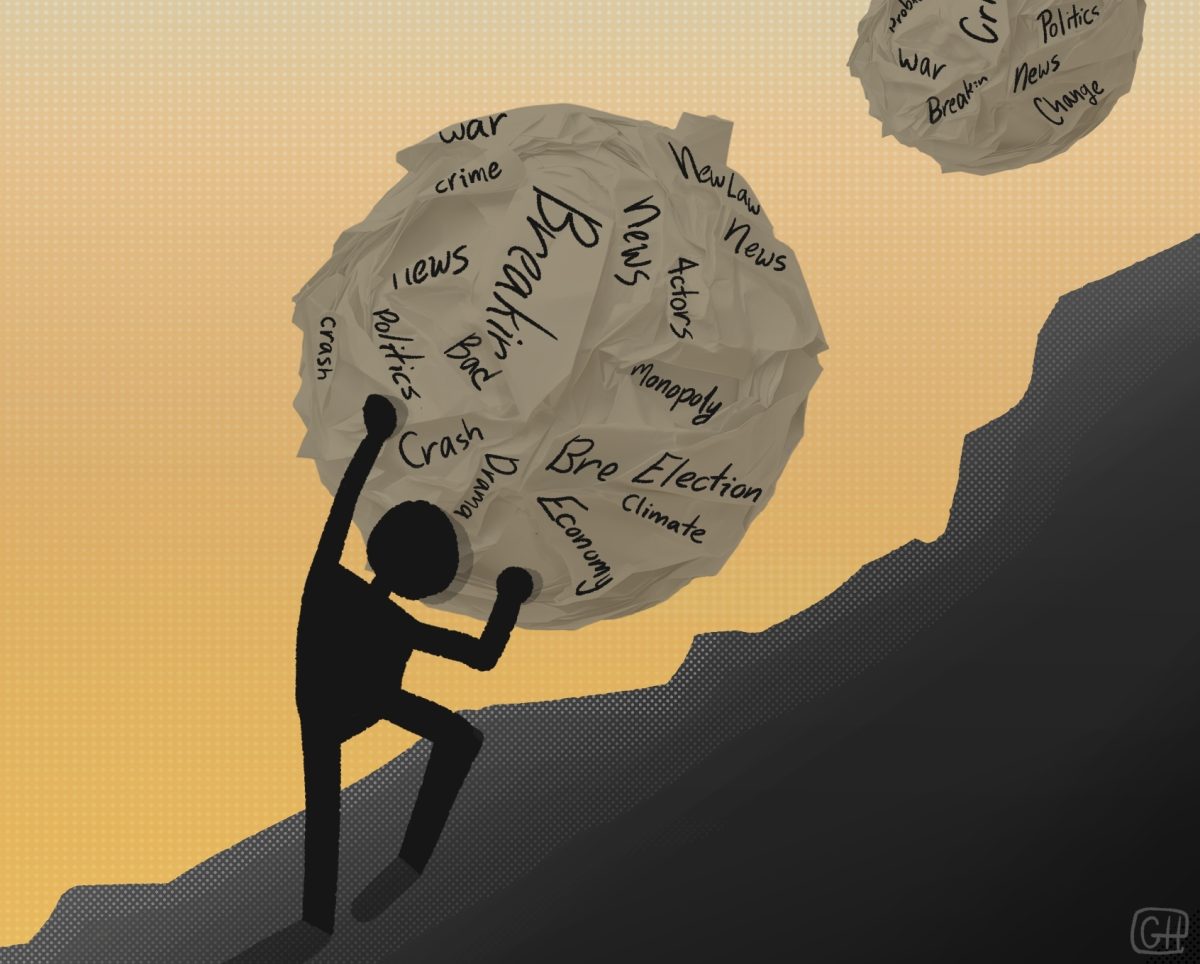While visiting an art museum abroad this summer, I unexpectedly stumbled upon a Monet painting from his “Argenteuil” series — one of my all-time favorites. I’d read about some of its history in one of my coffee-table books a while back, including the artist’s life, the symbolism in the painting’s details and how the famous series reflected a turning point in art.
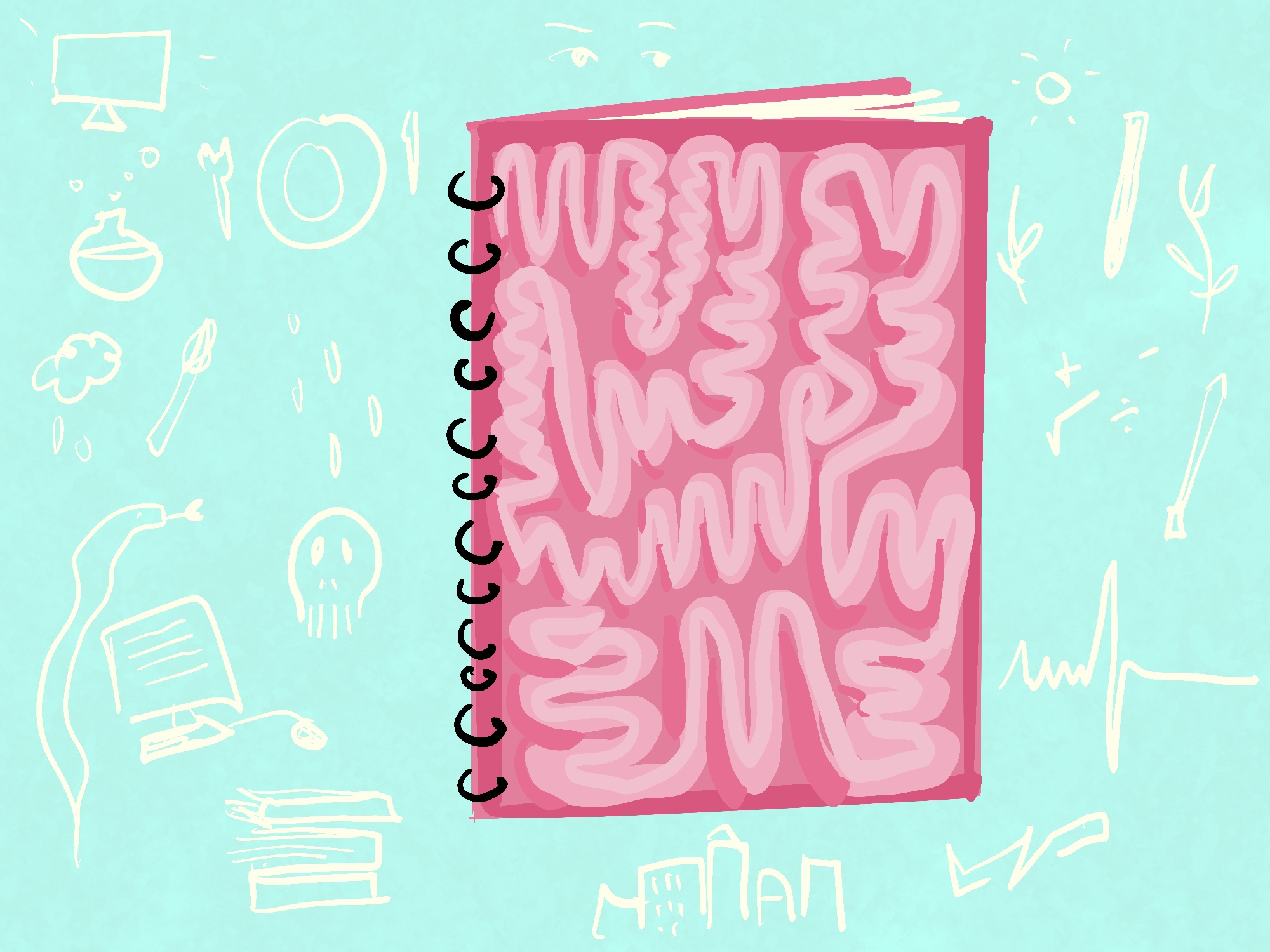
I was eager to share my excitement and all the fun facts I had learned, but as I opened my mouth, I realized that the details had completely slipped away.
Frustrated and embarrassed by the experience, I vowed to find a better way to retain useful details and knowledge I may come across. I decided to use a concept I had seen on TikTok a few months earlier: a “knowledge journal,” or a notebook where I could keep track of anything that captured my interest, from art to politics to philosophical ideas.
When I first started my knowledge journal, I focused on gaining deeper insight about subjects I already loved and felt passionate about. Take that Monet painting in the art gallery, for example. When I got home, I was inspired to write a page about Monet and Impressionism, including entries detailing a chronology of Monet’s life, the story behind my favorite paintings of his and the history and characteristics of the Impressionist movement.
I may need to use this extra information during each moment of every day, but having the name of Monet’s muse or how many years it took him to finish “Water Lilies” makes me feel like a true art enthusiast.
In a way, knowledge journaling has also given me a key to expressing myself better. Now, when someone asks me about my favorite painter or author, I can go beyond superficial answers and provide experience-based stories and deeper thoughts.
Over time, I started studying subjects I wouldn’t normally explore in hopes of surprising myself with new interests. One day, I came across a story about the Trans-Siberian Railway being the world’s longest with over 5,715 miles of track. I’d never given it much thought before, but something about it actually intrigued me. Before I knew it, “The History of Trains and Railways” was added to my diary and I began my research by watching a short documentary, reading a few articles and writing a page summarizing what I had learned.
As my list of new topics grew, so did my confidence in striking up discussions that went below the surface level, which was a huge, positive change for me.
As someone who’s never enjoyed small talk, I find myself more enthusiastic in conversations, even with people I don’t know well. My knowledge journal has given me a bank of interesting topics to share around and inquire about. I used to struggle with connecting with people on a deeper level, but knowledge journaling not only aided me in this former ordeal, but has also made conversations feel more meaningful.
The best aspect of a knowledge journal is that it encourages me to listen and draw inspiration from literally anything. Conversations with friends, references in books, ideas from podcasts or even news stories can all serve as potential seeds of exploration. I keep a running list of these ideas in my notes app, so if a particular theme catches my eye, I can revisit it later.
You can also ask your family and friends about the topics they love, what major they study or the sports they practice. This can be a way to show them that you care about them. When I do my own research on something that’s important to someone, it’s like building a little bridge or tying a little bow bonding us.
Doing so has sparked some of my best conversations and memories, and they serve to remind me that curiosity doesn’t just make us smarter — it brings us closer together.

